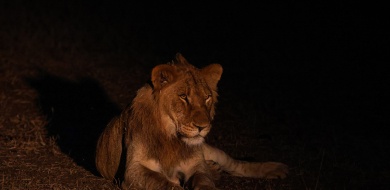A Week in the Bush Vol. 565
on Oct 01, 2025Cheetahs, though a rarity to encounter on safari, remain one of the most sought-after and celebrated sightings. Renowned for their elegance and speed, they are also among the most photogenic of the big cats. Their crepuscular nature - most active in the cool hours of early morning and late afternoon - often sees them bathed in soft golden light, perfect for photography. Adding to their allure is their habit of seeking high vantage points such as termite mounds or fallen logs, scanning the landscape for both prey and potential threats. These behaviours not only highlight their survival strategies but also provide breathtaking opportunities to admire and capture their beauty in the wild.
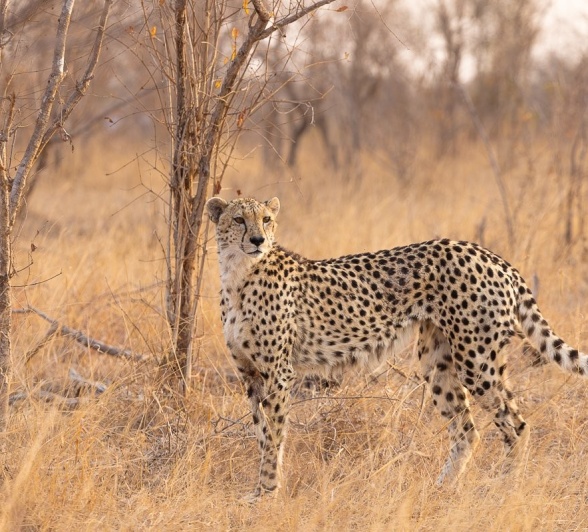
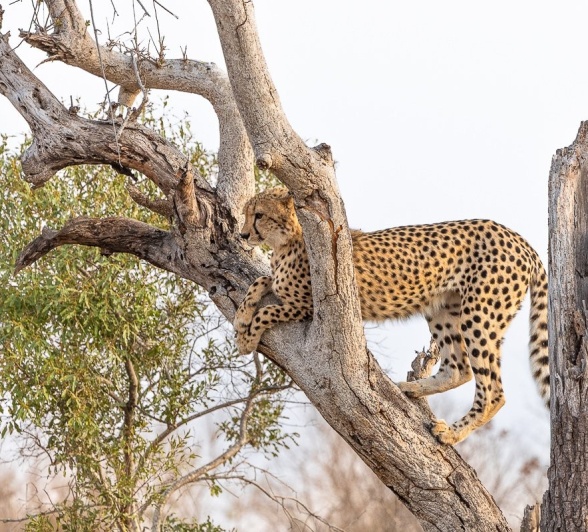
We left the lodge and made our way towards a waterhole, hoping to find the Spotted hyenas that had wandered past during our morning coffee. In the distance, a hyena suddenly dashed across the road, sparking excitement among the guests. But what came next was completely unexpected: two wild dogs resting on the dam wall, with the hyena watching them warily from a distance.
Wild dogs are usually on the move, covering ground to avoid dangerous predators, to find water and food, and to scout safe areas where they might one day raise their pups. Yet here they were, pausing briefly before getting up and trotting away from the waterhole - giving us the impression that a hunt was about to begin.
We did our best to keep up as the pair raced through the reserve, and before long we caught up with them again. To our amazement, they had just brought down a female impala, and we arrived only moments after the kill, watching them feast in the aftermath of their lightning-fast hunt.
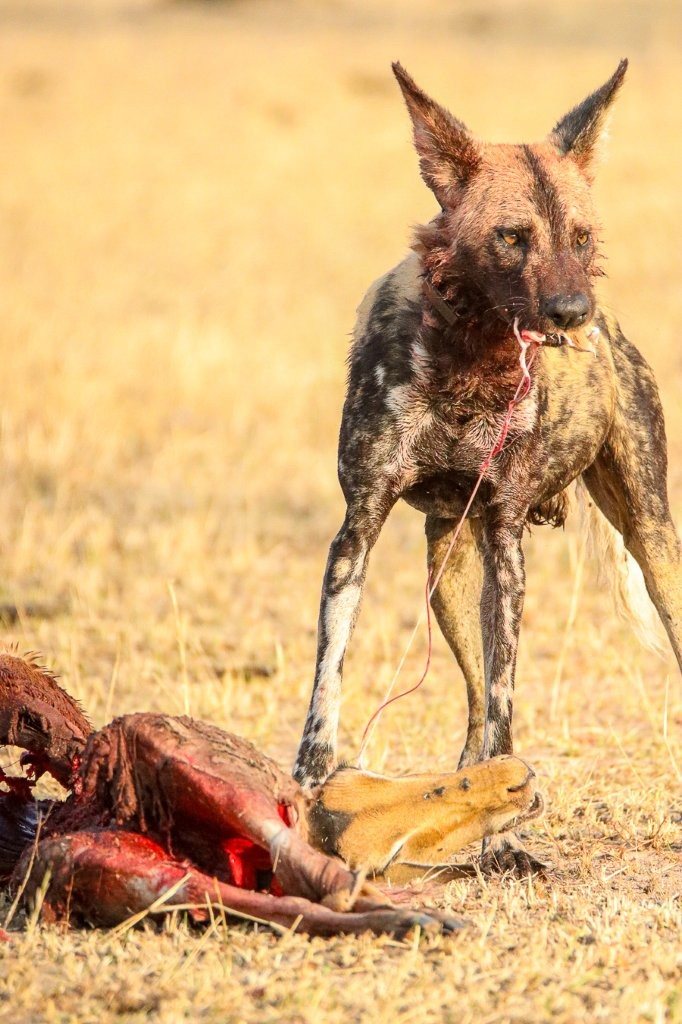
Golonyi has been ranging far and wide across the southern and western stretches of the reserve, covering impressive distances in her daily movements. Her young cub, meanwhile, is beginning to show the benefits of these early months - building strength, confidence, and a growing sense of awareness. Often, Golonyi will leave him hidden away in a secure spot while she goes about her business, perhaps hunting or patrolling. For the cub, these periods alone are important lessons in survival. Learning to remain still, to stay out of sight, and to stay alert to every sound and movement around him instils crucial skills of concealment, patience, and discipline. These experiences, though subtle, are the very foundations of independence - preparing him step by step for the day he must walk the bushveld as a solitary leopard in his own right.
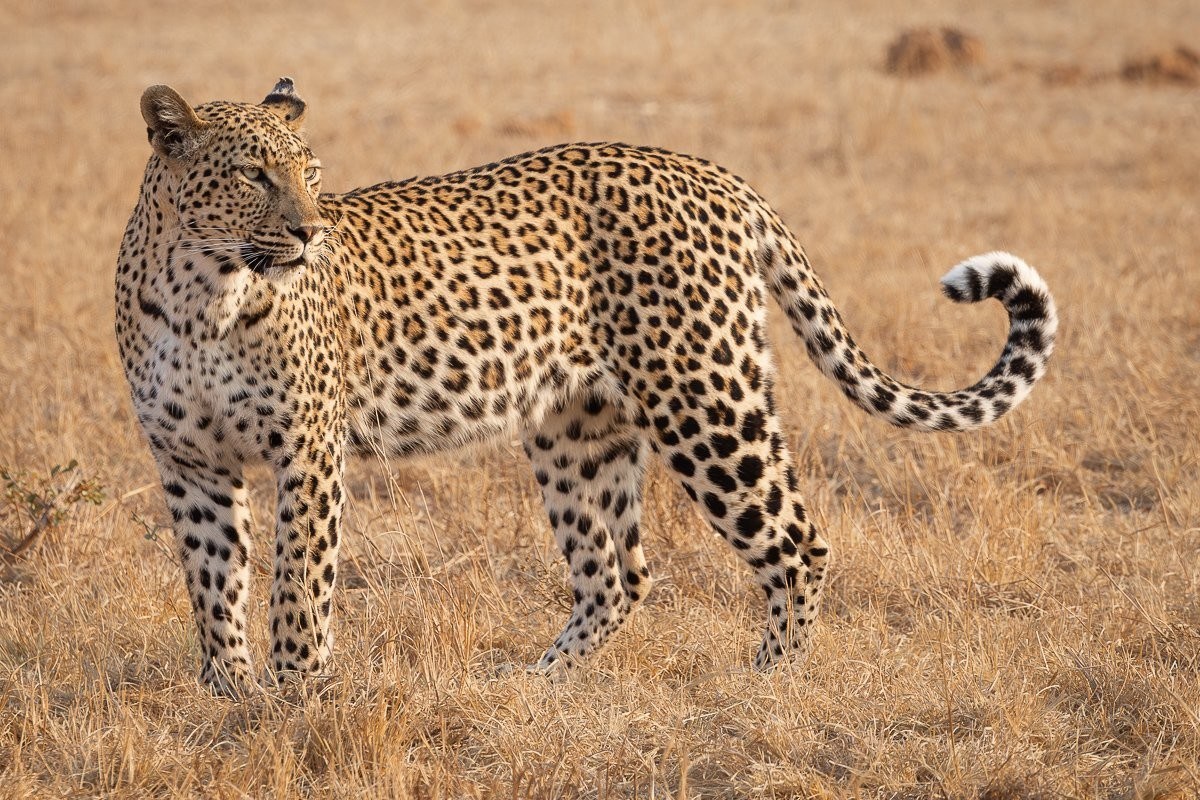
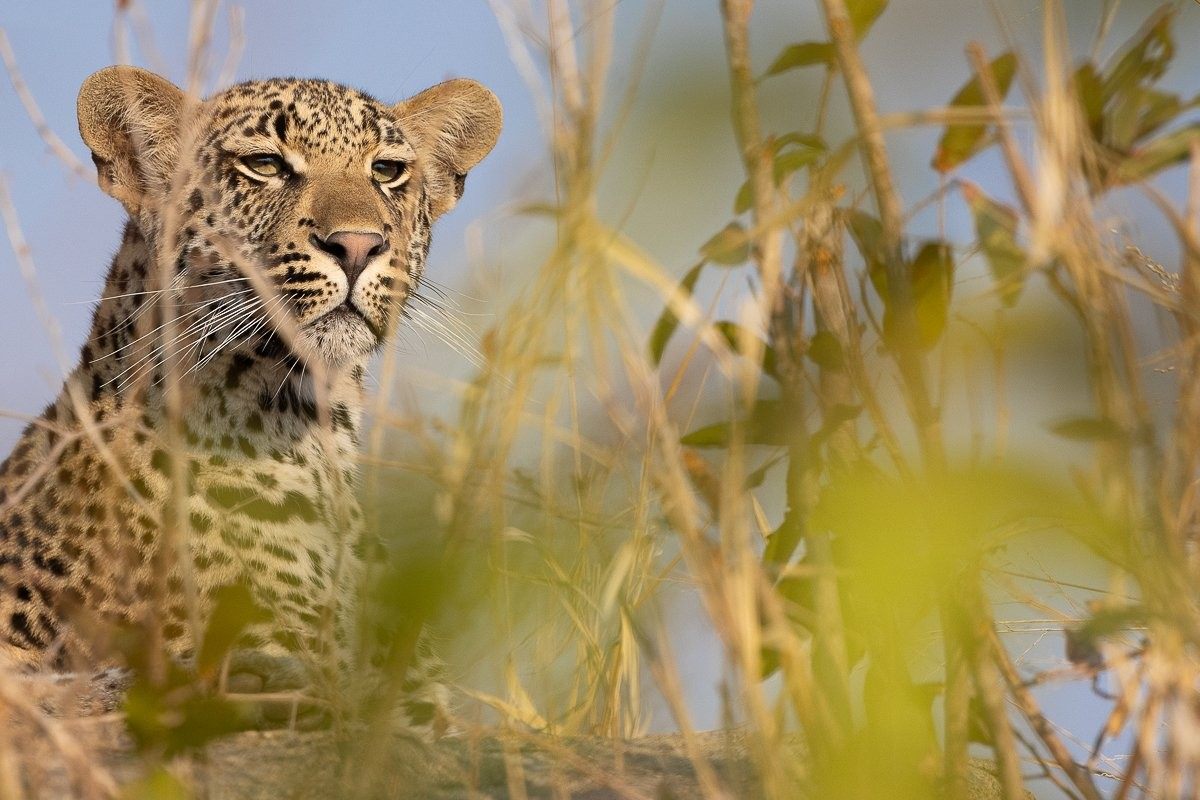
We set out on our afternoon safari with modest expectations. The day had been sweltering, with temperatures soaring to forty degrees Celsius. In such heat, wildlife usually lies low, conserving energy, so we anticipated little more than a scenic drive.
We drove along a road that wound its way along a drainage line, and we enjoyed the shade that the enormous trees cast over us. As it turned out, we weren’t the only ones seeking shelter from the sun.
There, nestled in the cool sand and concealed by thick vegetation, we discovered Golonyi sleeping soundly. For a while, she remained still, hidden in her shady refuge. But as the sun’s rays began to pierce through the leaves, she stirred, shifting uneasily before setting off in search of a more comfortable perch. Eventually, she chose a termite mound, settling gracefully as the warm glow of the setting sun lit the sky behind her.
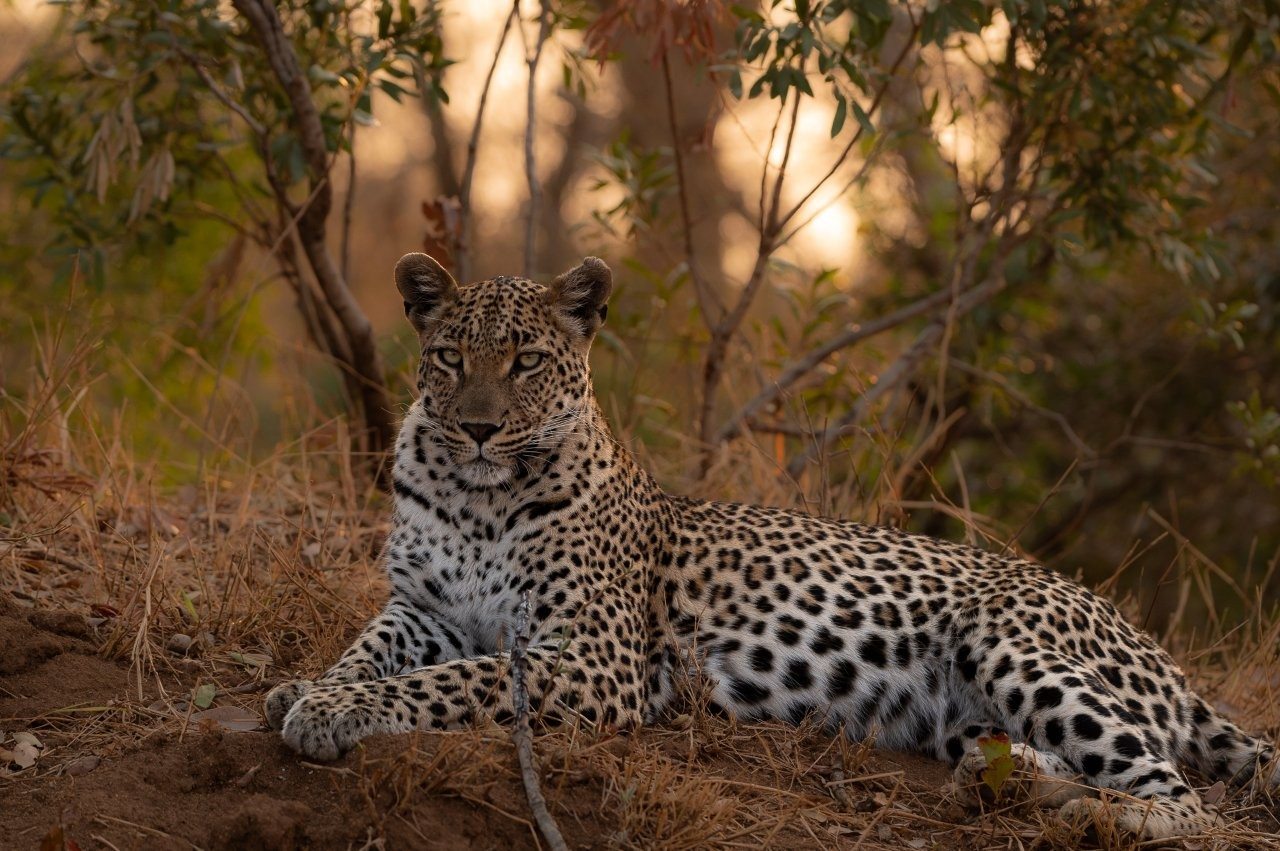
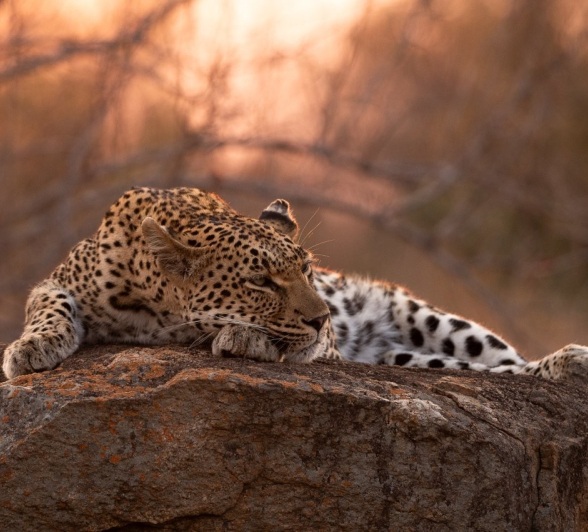
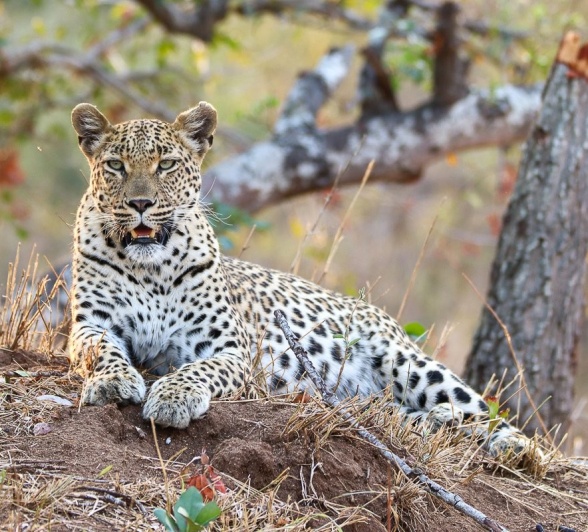
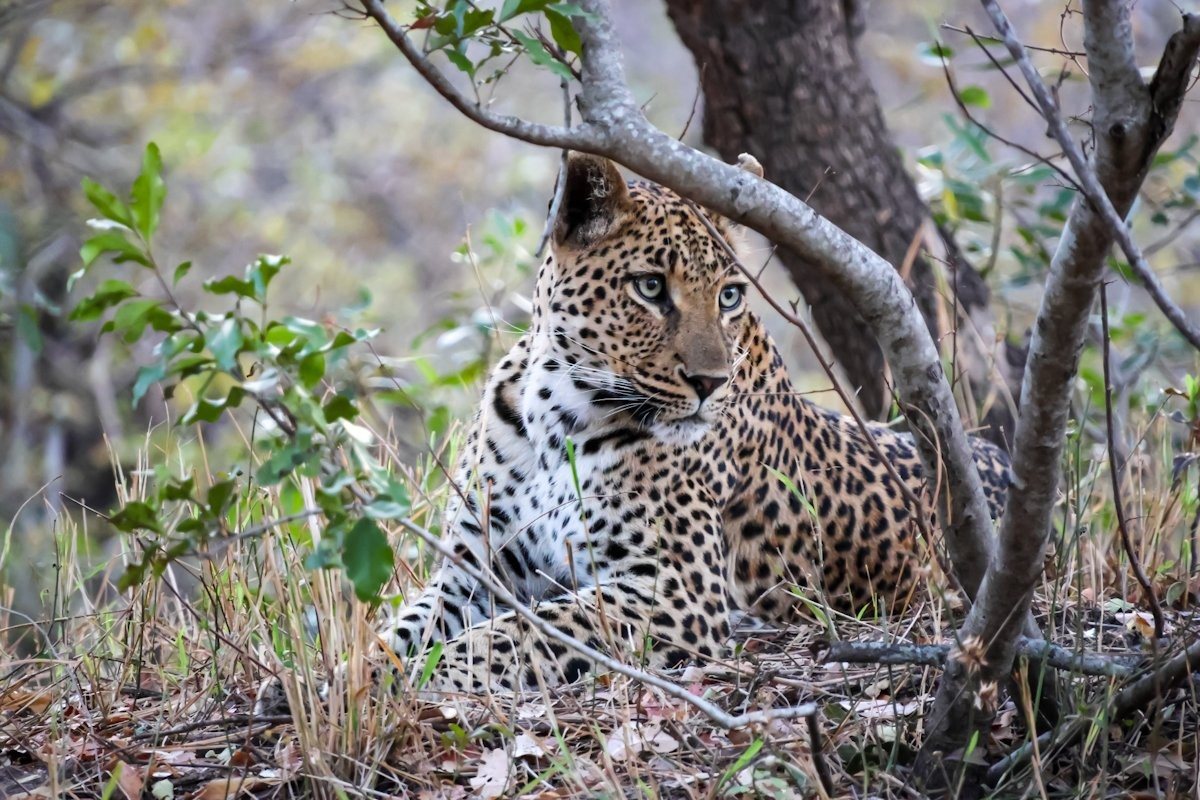
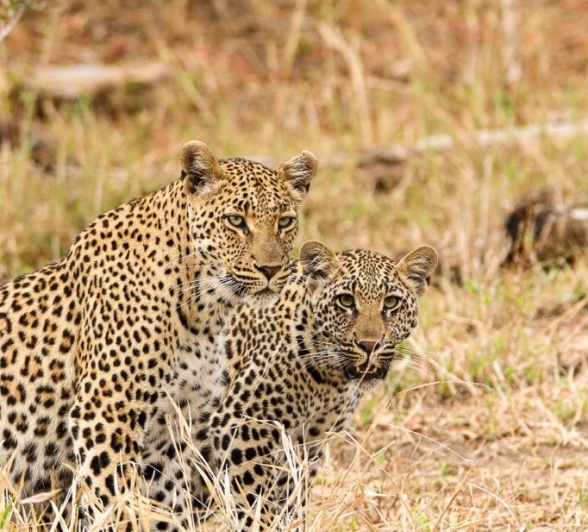
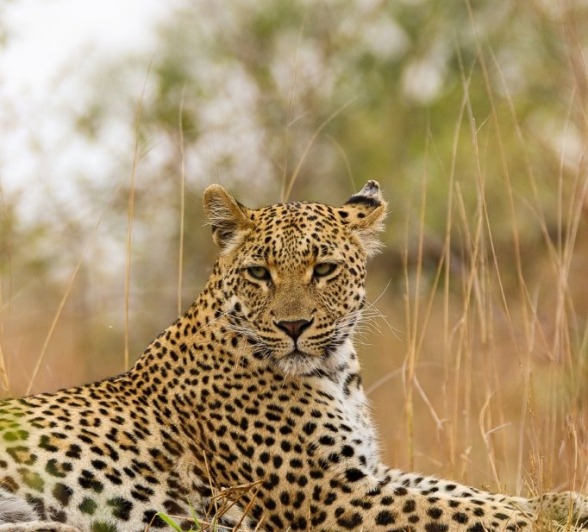
We found the Khulwana male resting beside a small pan, the blazing sun overhead. To keep cool, he had chosen the shade near the water’s edge, his belly looking noticeably full. A quick glance upward revealed the reason: an impala carcass hoisted securely in the branches of a nearby tree. We waited patiently, and our luck paid off as we watched him as he began feeding on his kill.
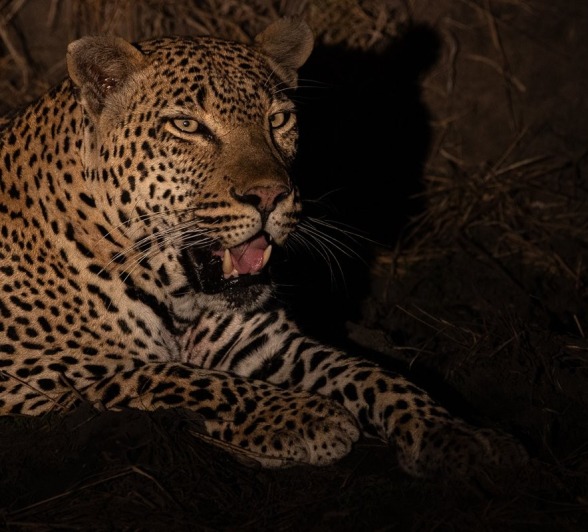
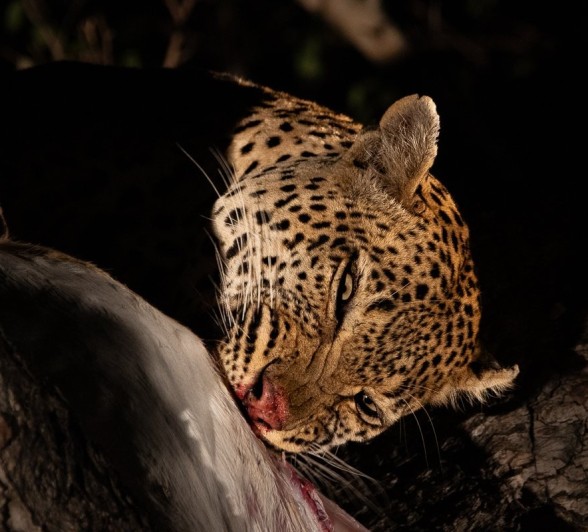
The following day, Khulwana was walking along the road shortly after finishing his impala kill. Soon, he was confronted by more than eight hyenas, who forced him up into a small tree. But the leopard was not one to be easily intimidated - he later descended, reclaimed his ground, and stood firm against the menacing clan.
Outnumbered and outsized in such encounters, a leopard nevertheless radiates confidence and raw power, refusing to back down. This rare moment captures the fierce independence and survival instincts that define life in the wild, where even the boldest challengers must think twice before crossing the path of a determined leopard.
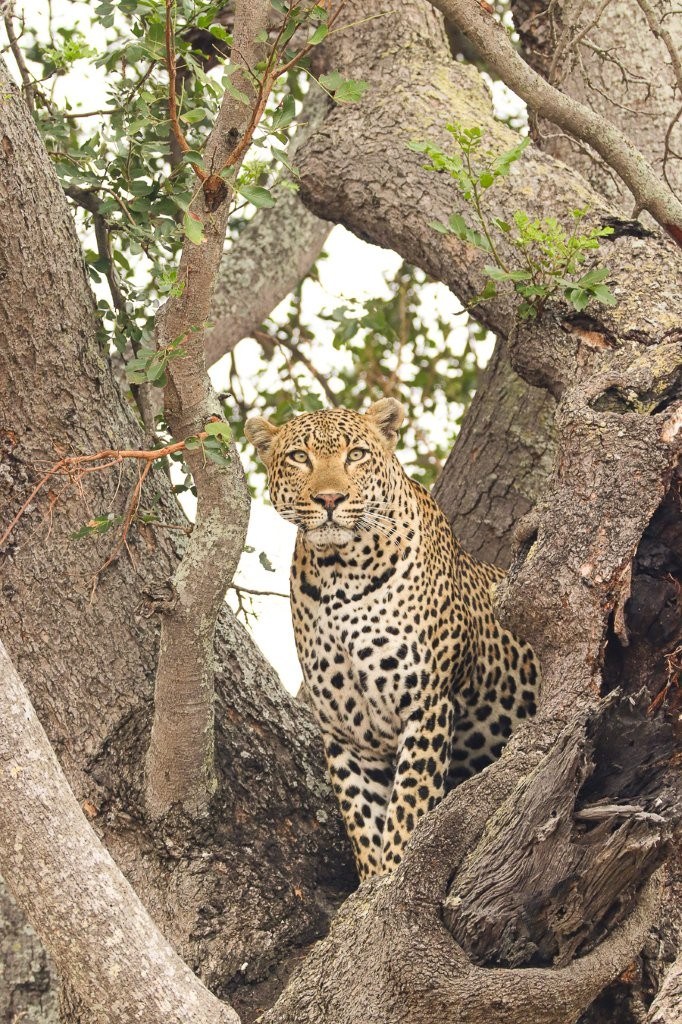
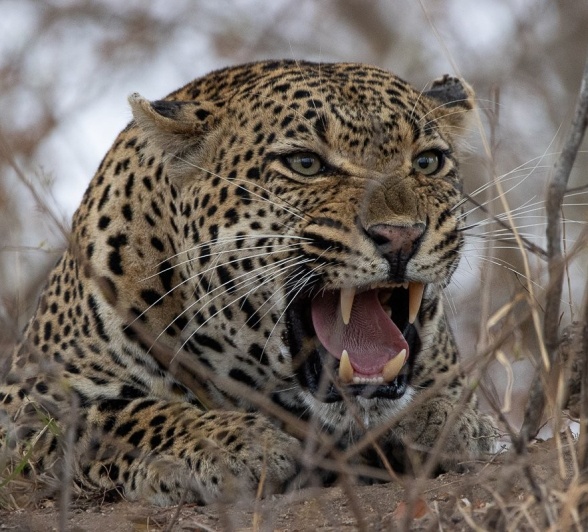
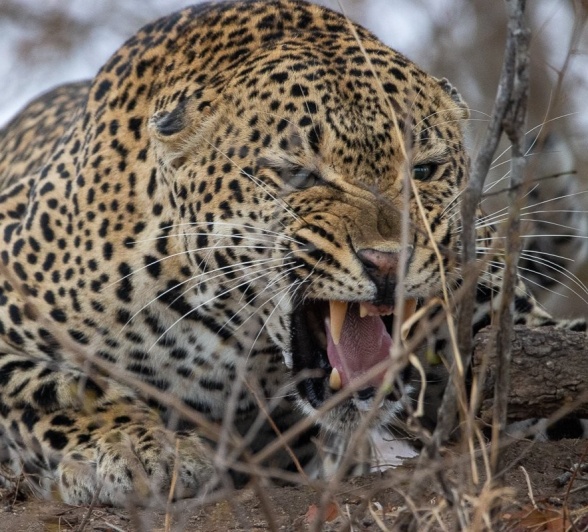
Resting in the fork of a tree, the Khurula leopardess fed on the impala she had killed the previous morning. Leopards, particularly smaller females, often hoist their kills into trees, securing them out of reach from rival predators and scavengers, and ensuring several days of undisturbed feeding. Built for agility and balance, these cats use their retractile claws and sheer strength to defy gravity and scale up tree trunks with prey weighing up to 140% of their own body weight.
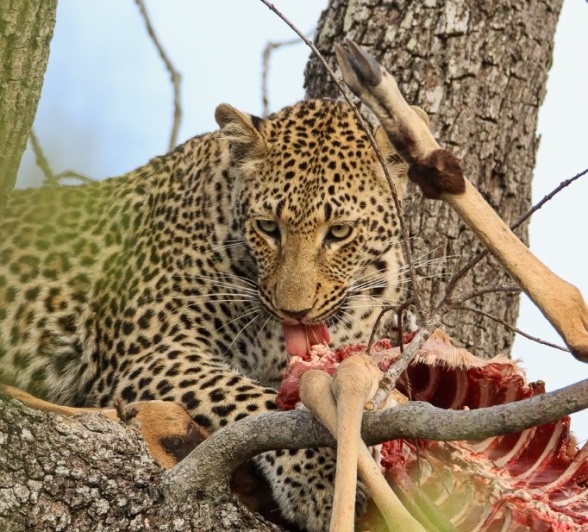
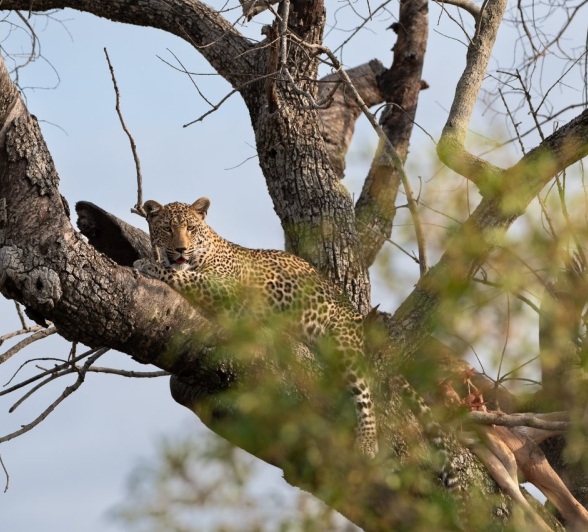
Over the past few days, the Msuthlu Pride has been trailing a massive herd of buffalo. The sighting unfolded right at the start of the safari, when we received a call that the Msuthlu Pride, along with the two Gijima males, had been seen resting near a waterhole. Their full bellies were clear evidence of a successful hunt during the night.
As we made our way towards them, we encountered the buffalo herd slowly approaching the same waterhole where the lions were resting. We drove ahead to position ourselves at the front of the herd and waited patiently as they pushed through the thickets. Not long after, the lions stirred, lifting their heads and fixing their eyes on the tree line where the buffalo were emerging to drink.
One of the younger pride members crept closer, crouching low behind a tree, while an experienced lioness began to stalk the herd. In a sudden burst of movement, the lions charged, sending shockwaves of chaos through the buffalo ranks. But the herd was ready. Rallying together, the buffalo wheeled around and stormed back at the lions. Cubs and females scattered, retreating under the pressure, while the Gijima males and sub-adults disappeared into the thick brush before regrouping at a safe distance.
The buffalo stood triumphant, chasing off the pride before calmly returning to the waterhole to finish their drink - victors of this round in the eternal contest between predator and prey.
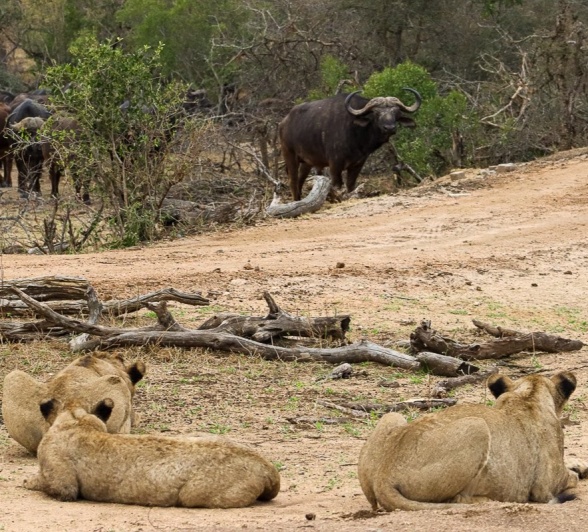
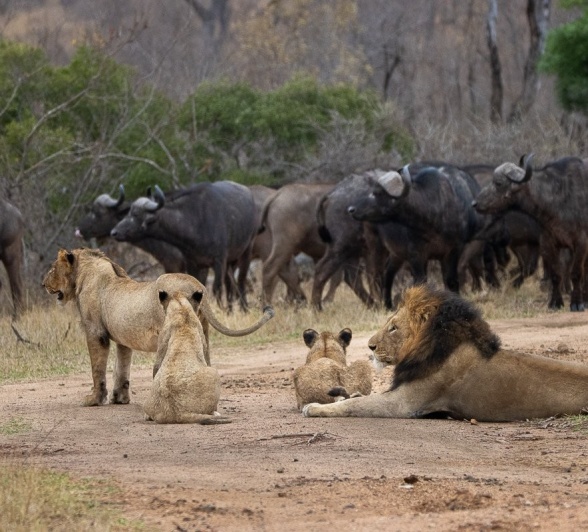
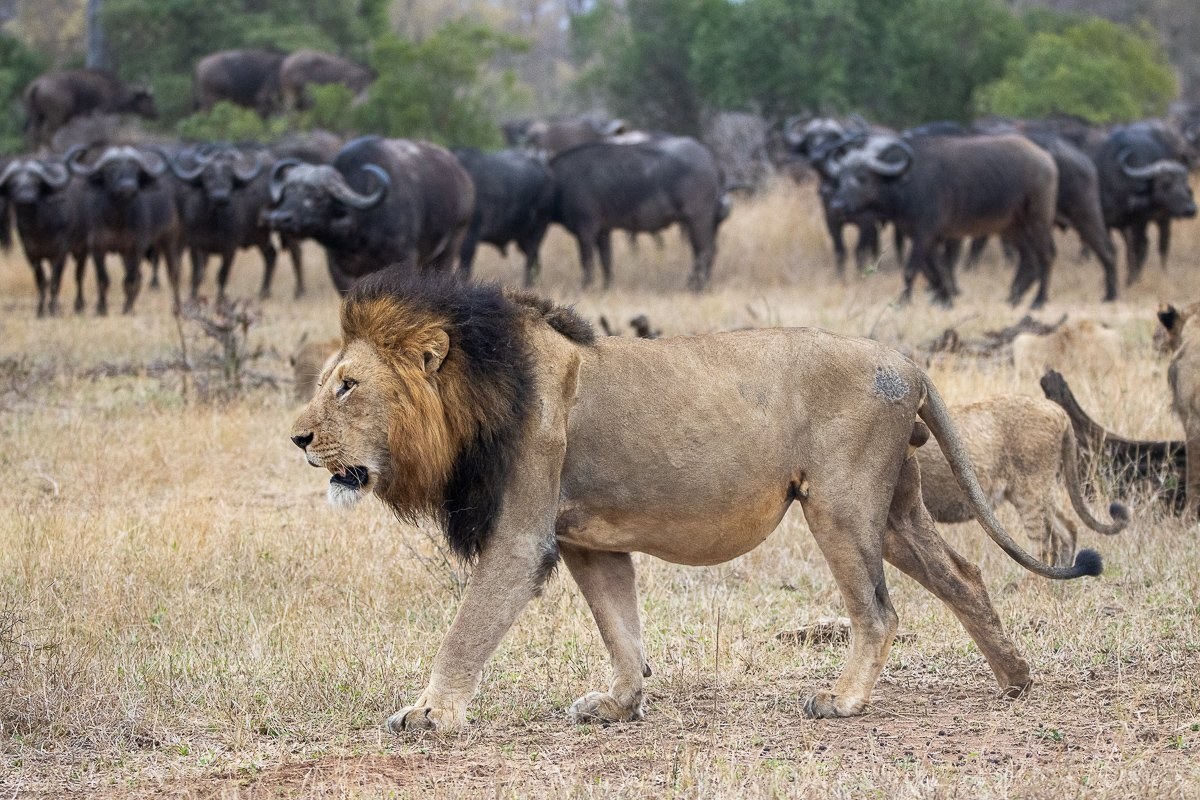
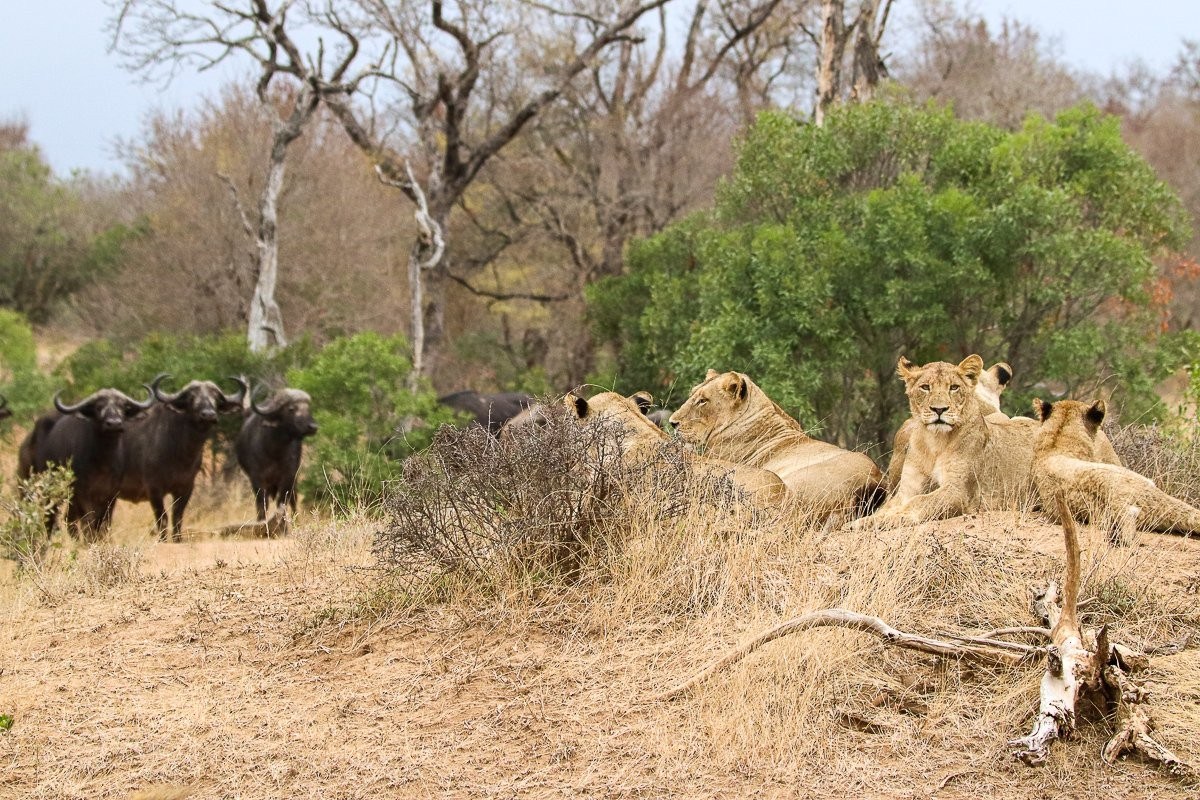
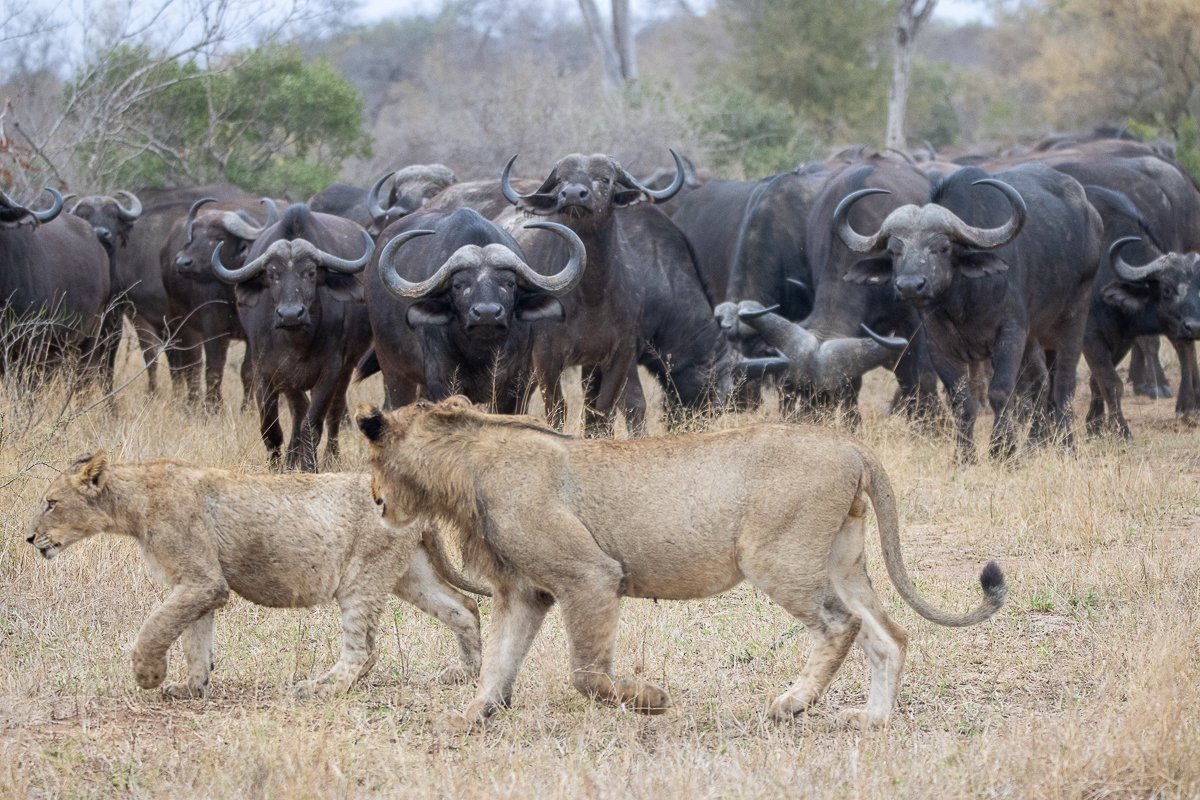
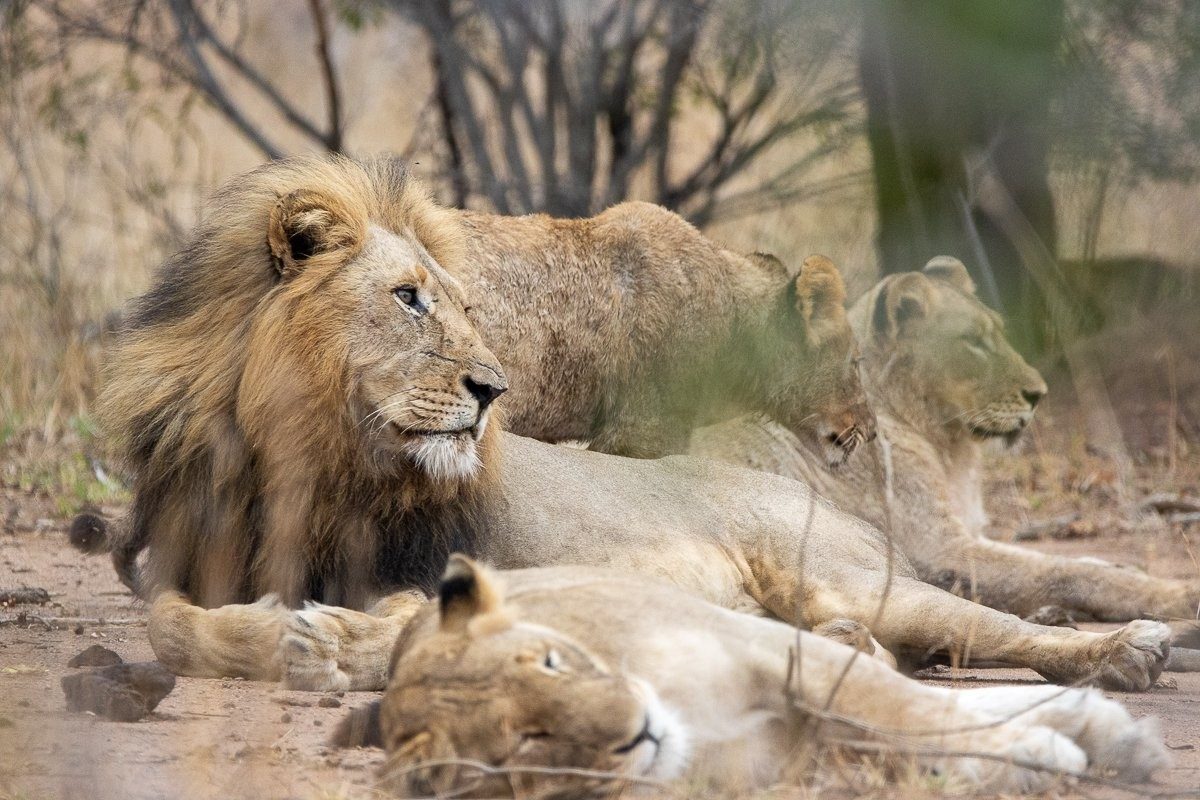
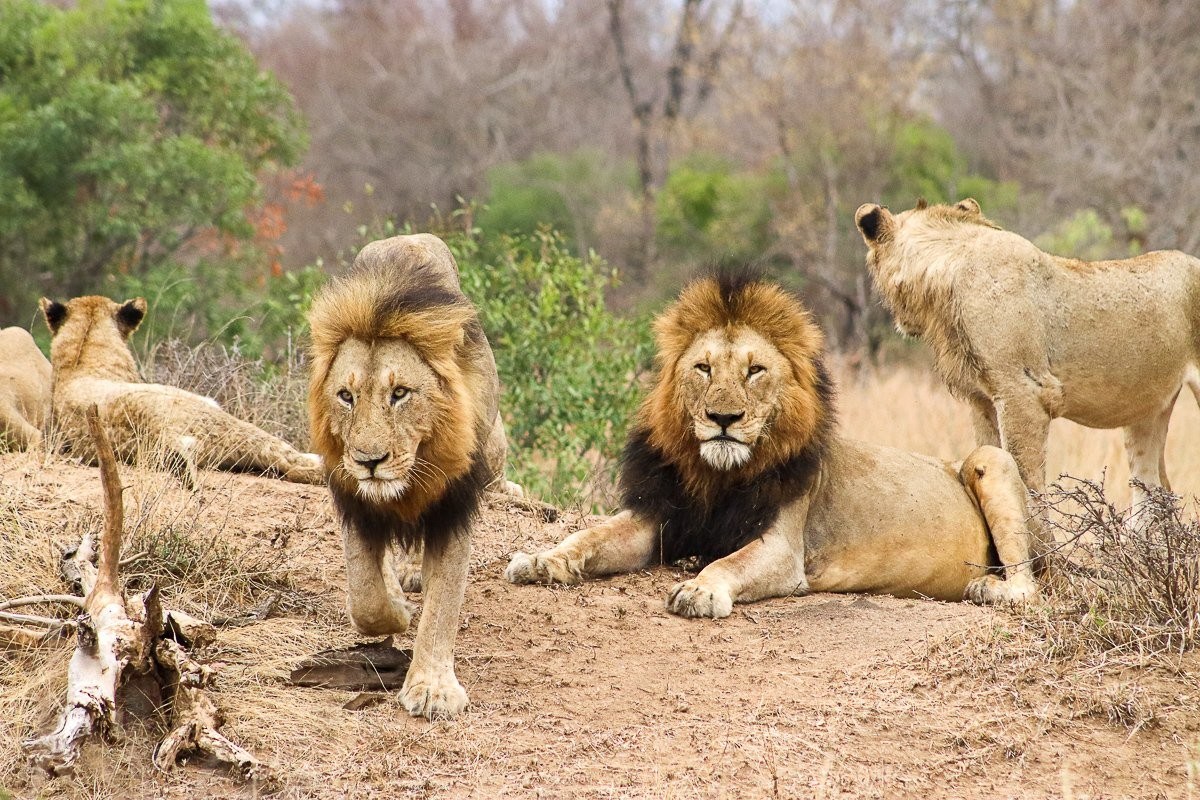
With lion dynamics in the southern Sabi Sands shifting, the Msuthlu Pride has been moving between reserves, keeping close to the two dominant Gijima males as they continue to expand their territory. After tracking them through the reserve for some time, we finally discovered fresh signs and soon after, the pride itself, resting on the road in a beautiful open clearing near Little Bush Camp. The overcast skies and cool weather seemed to energise them, and they treated us to a lively morning. The lions eagerly stalked passing warthogs and wildebeest, rubbed affectionately against one another, and even played with an old buffalo skull - a relic from one of their past kills.
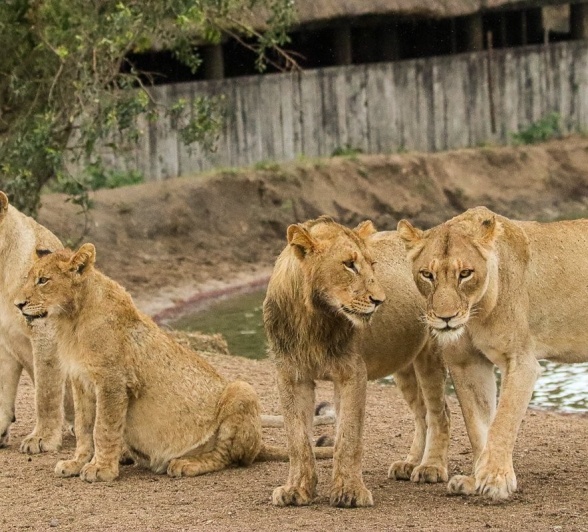
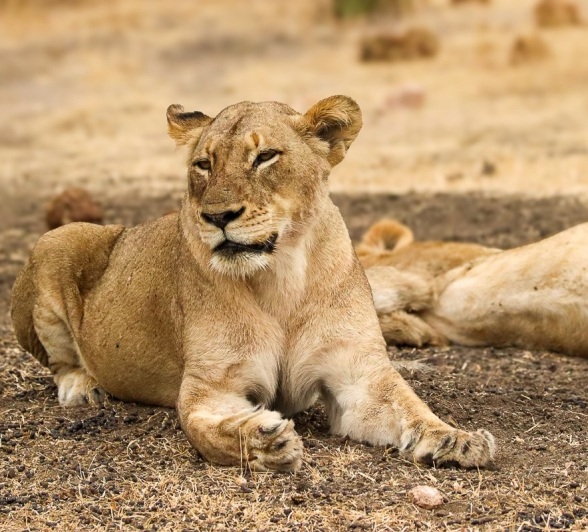
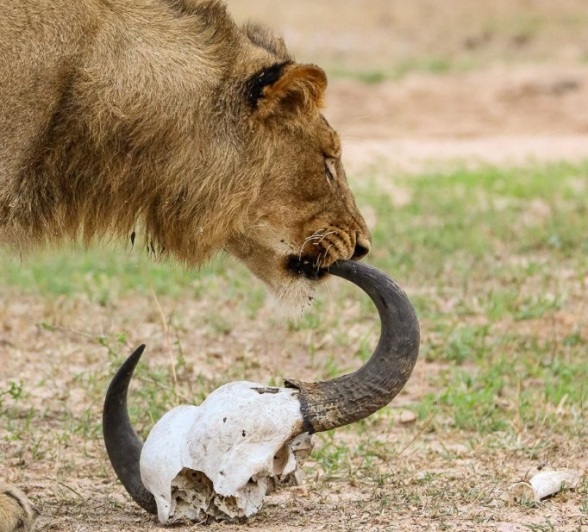
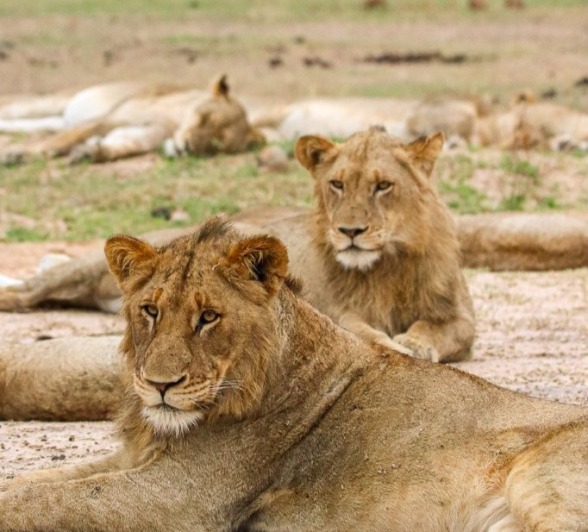
On our way to the Msuthlu Pride, we stumbled upon a clan of hyenas resting in an open area nearby, waiting for the lions to finish off their meal from the night before.
Lions are dominant over their kills, especially when they outnumber the hyenas that try to scavenge on their kill. Unfortunately, these 5 hyenas that were waiting did not outnumber the 14 members of the pride, so they patiently waited for their share of the feast once the pride moved off.
Although the little leftovers of meat were far from enough to satisfy them, hyenas are perfectly adapted for such circumstances. With powerful jaws and a specialised digestive system, they crush bones and consume what other predators leave behind, serving as nature’s clean-up crew and playing a vital role in curbing the spread of disease among wildlife and even humans.
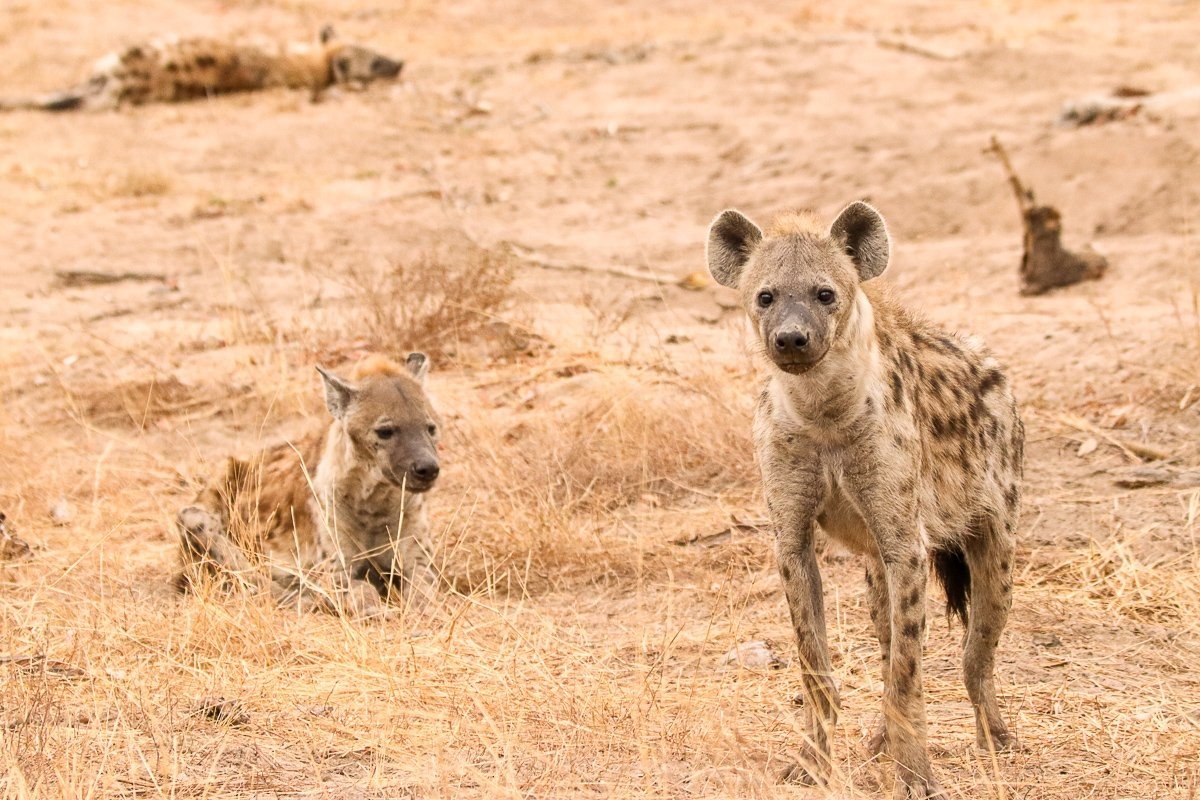
A massive herd of buffalo have gathered at the waterhole in front of Bush Lodge. An incredible sight as they pause to quench their thirst before continuing their journey.
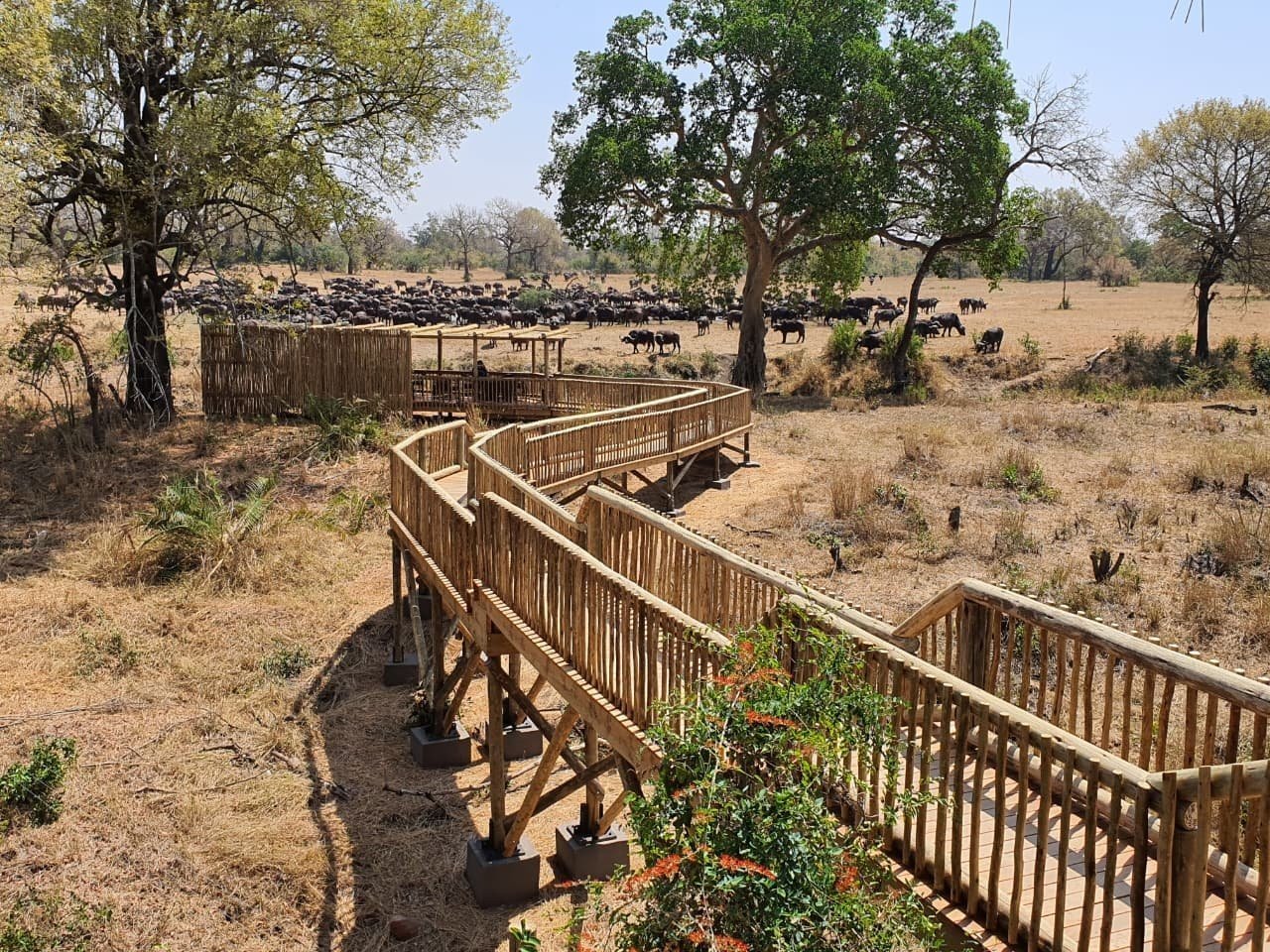
Seeing a Pearl-spotted Owlet in the open is a rare treat, which made it even more special when we discovered a pair of them. Initially perched on separate branches, they eventually flew to the same perch, giving us an unforgettable sighting. Their presence was revealed by a flurry of alarm calls and frantic movements from nearby birds, hopping around the branch the owls occupied. It was an extraordinary and rare experience to witness.
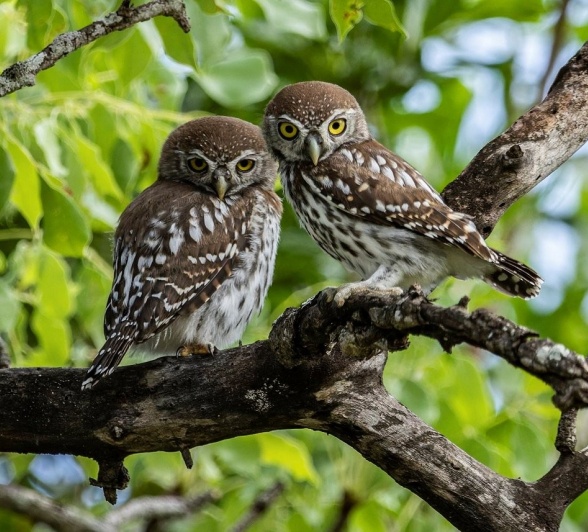
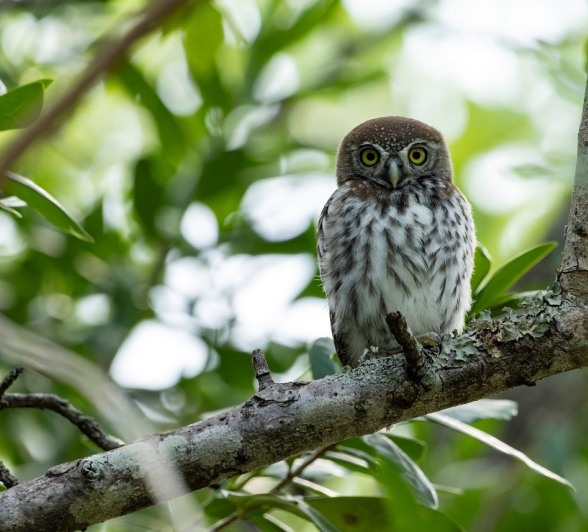
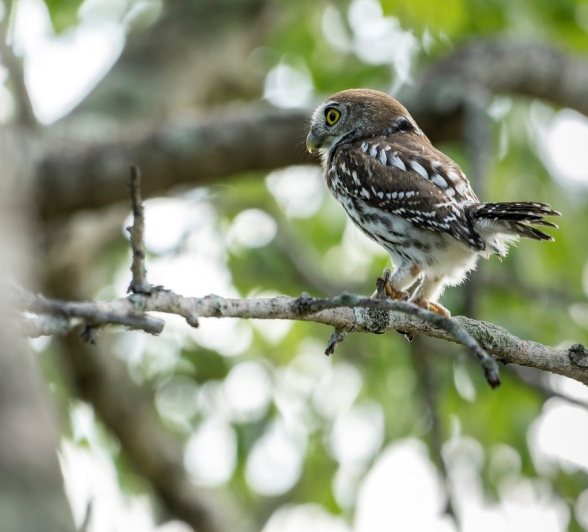
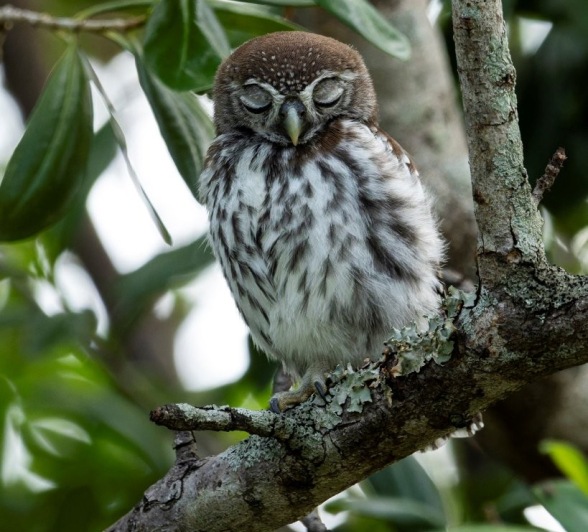
Elephants often supplement their diets with roots, skilfully digging them up using their feet and tusks before pulling them from the ground with their trunks. This behaviour provides them with essential minerals, salts, and other vital nutrients, particularly during the dry season. As herbivores, elephants consume a diverse range of plant matter, including grasses, bark, leaves, fruits, and roots. When food is scarce, they often focus on coarser items like roots - a strategy that not only sustains them but also reduces competition with other herbivores.
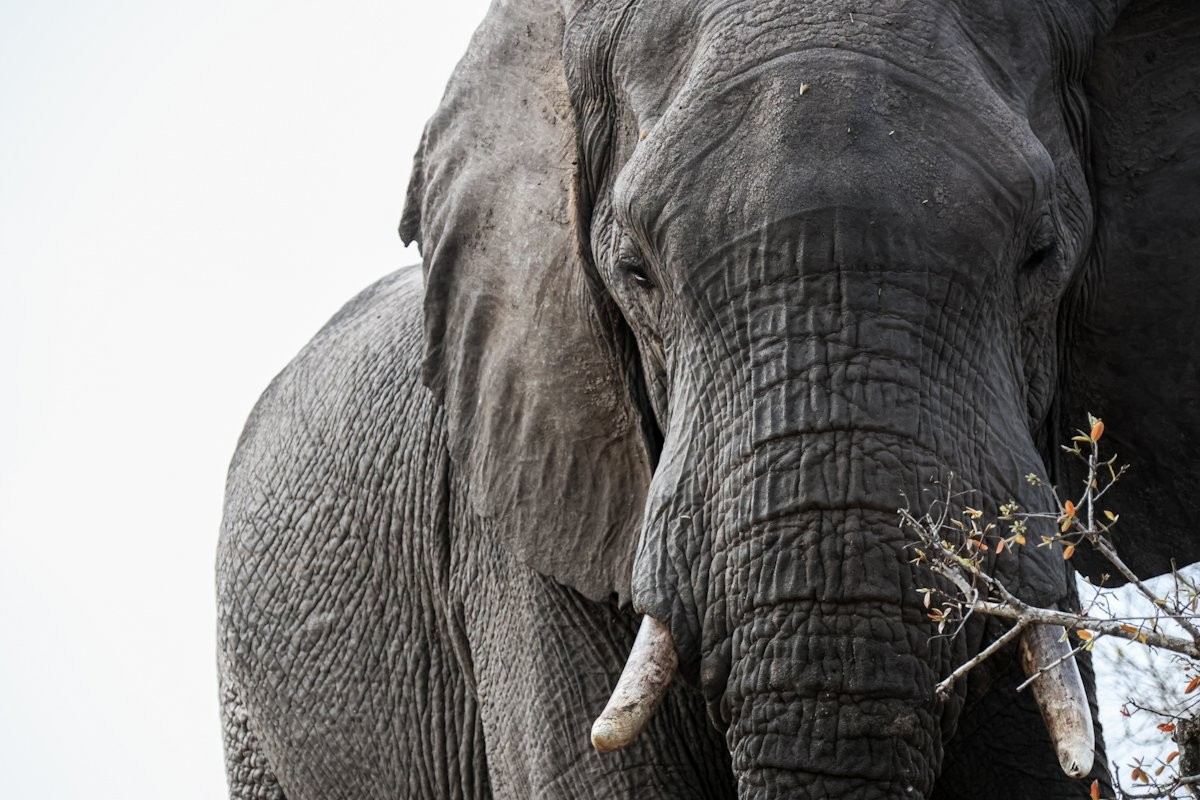
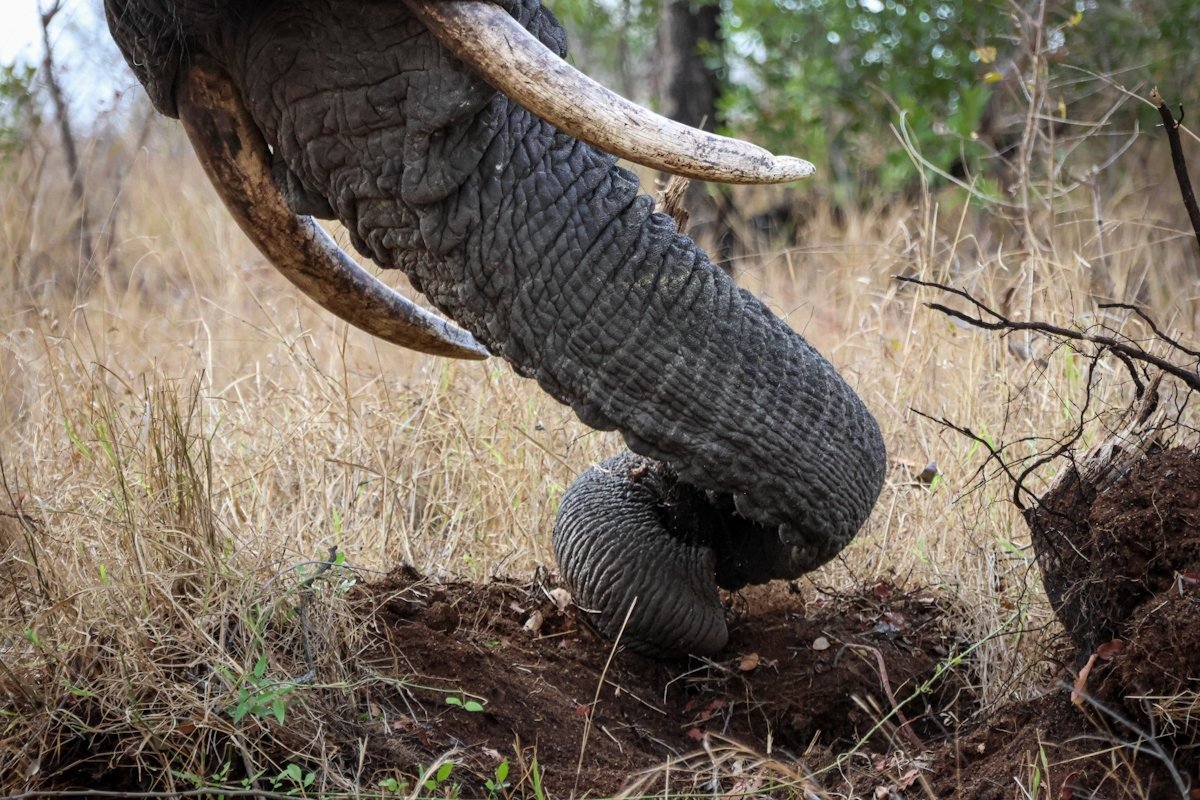
As we approached a White Rhino, we spotted something rare - a Yellow-billed Oxpecker perched on its back. While not globally rare, these birds are less common than the Red-billed Oxpeckers we usually see on herbivores here at Sabi Sabi. These “tick birds” feed on ticks and parasites, helping reduce irritation and potential health issues for the rhino, while also acting as an alert system for danger. However, they can sometimes harm their hosts by pecking at wounds, which may slow healing or cause infections.
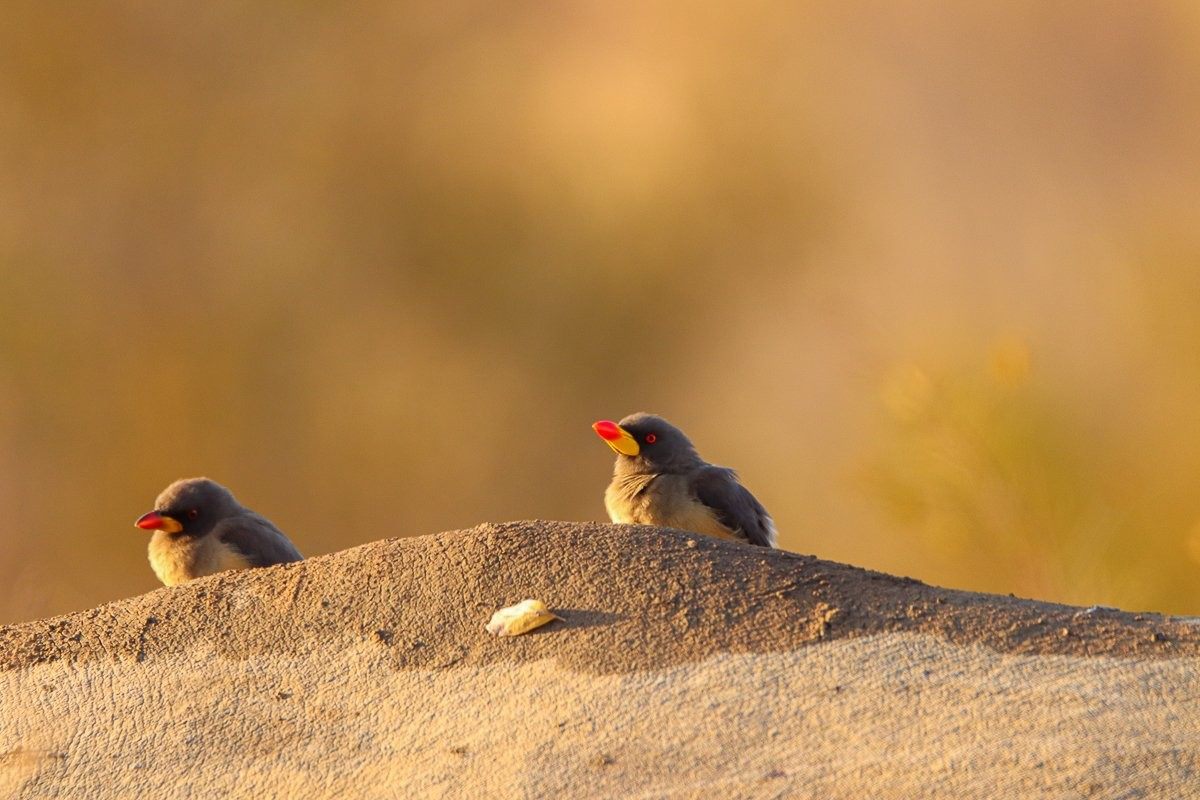
Hyenas often get a bad rap in movies and documentaries, with many guests calling them ugly or scary. But seeing hyena cubs at their den changes that perception instantly. Born with pitch-black coats for camouflage, the curious cubs peek out of the burrow, exploring the sunlight, playing with each other, and occasionally tussling to establish early social hierarchies—lessons that will be crucial for their survival as adults.
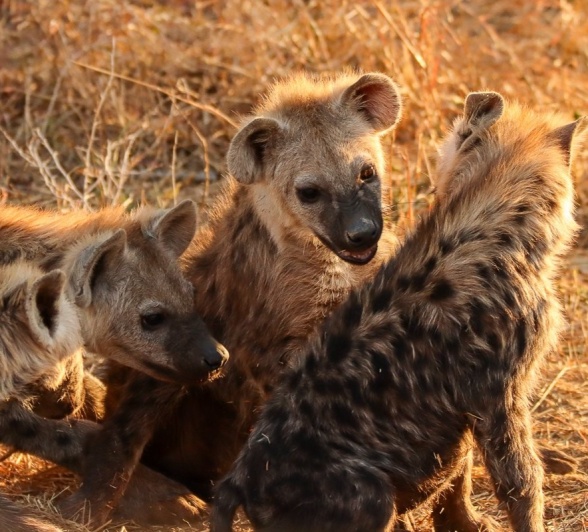
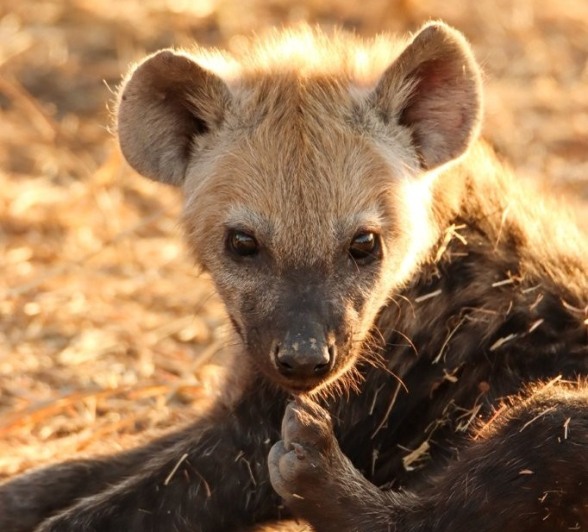
The African fish eagle is a masterful hunter, renowned for its striking fishing skills. From its perch high on a tree or rocky ledge, it scans the water below with sharp eyes, waiting for the slightest ripple of movement. When a fish nears the surface, the eagle launches into a swift, powerful dive, talons extended. Skimming across the water, it seizes its prey with curved claws and rough, textured footpads that lock firmly onto the slippery catch. With its prize secured, the eagle soars to a nearby perch, where it feeds.
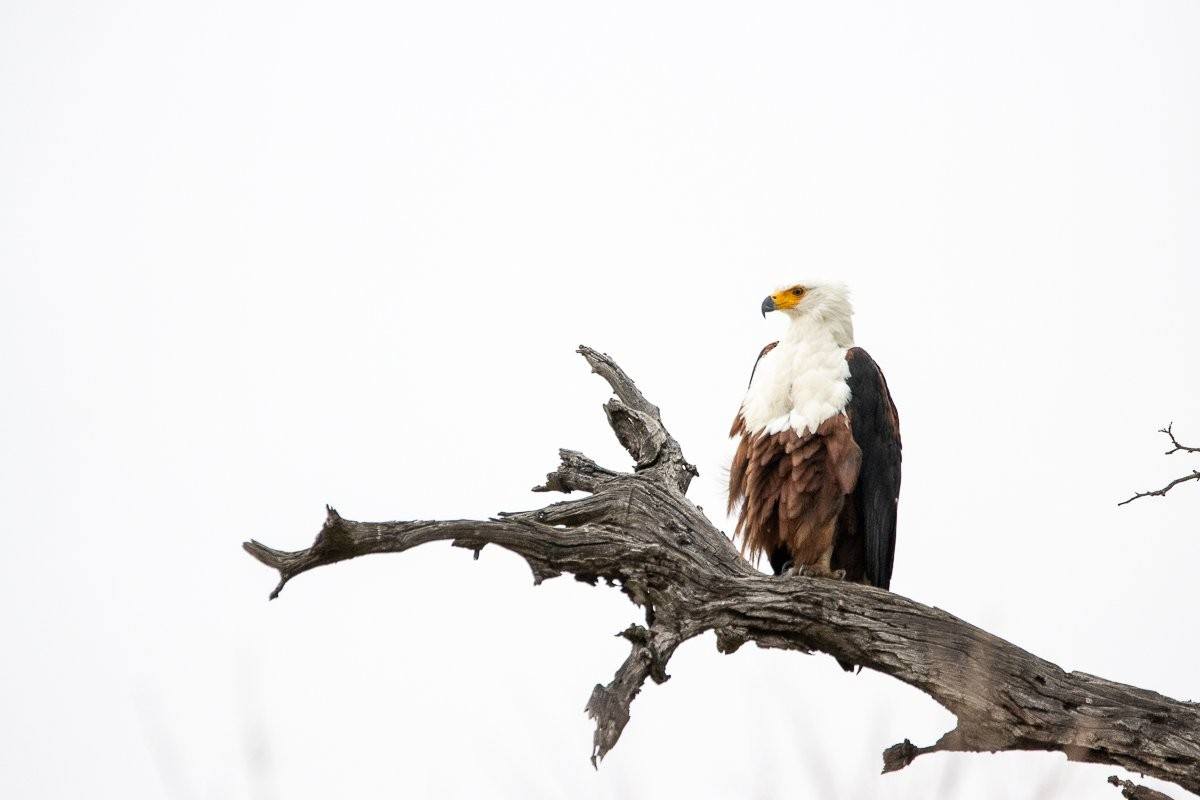
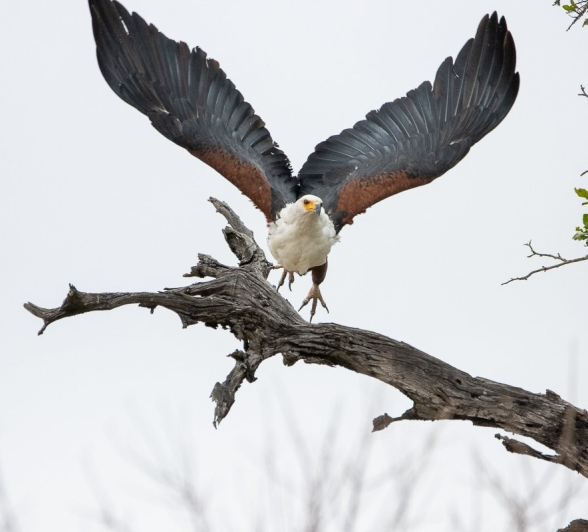
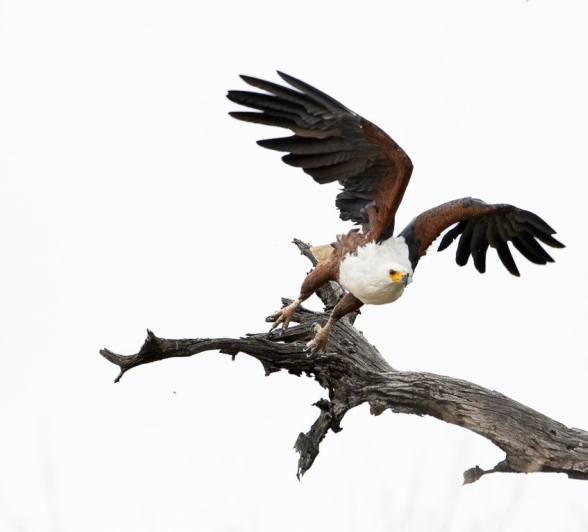
It is truly beginning to feel like summer, and a few birds, such as the Red-headed Weaver, fully embrace the season by starting their breeding early. This Red-headed Weaver had a dramatic nest placement in a Torchwood Tree. We watched as it flew back and forth, carefully weaving in sticks to perfect its intricate creation.
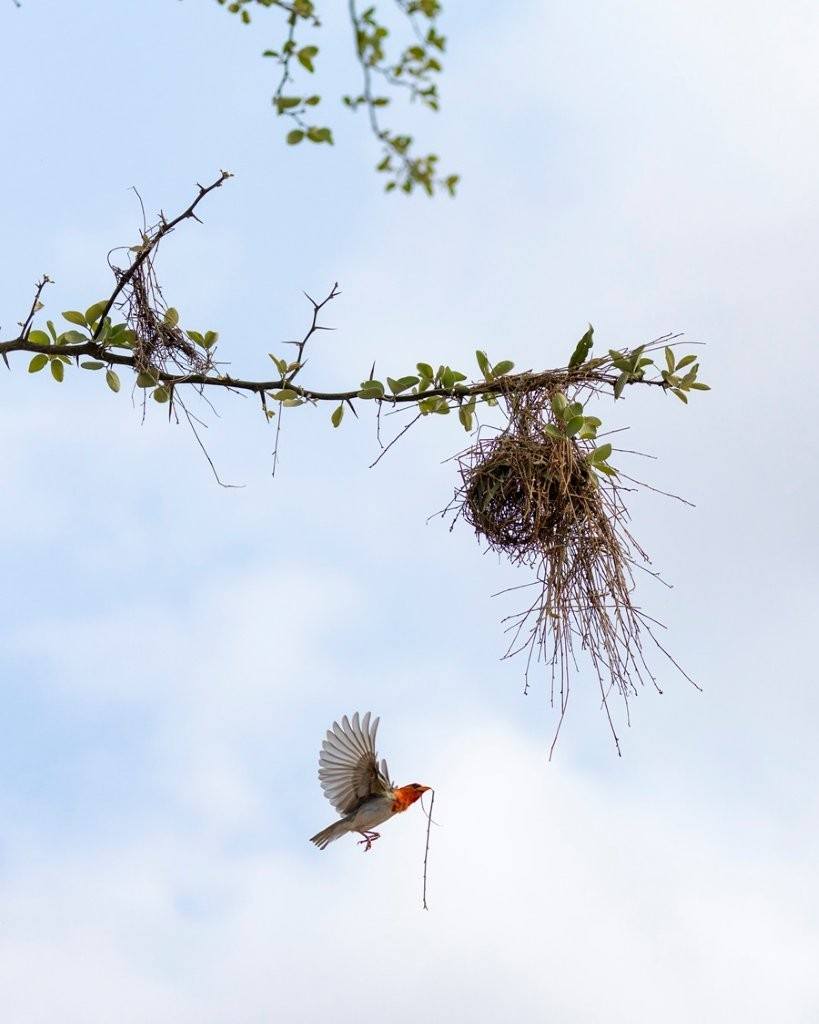
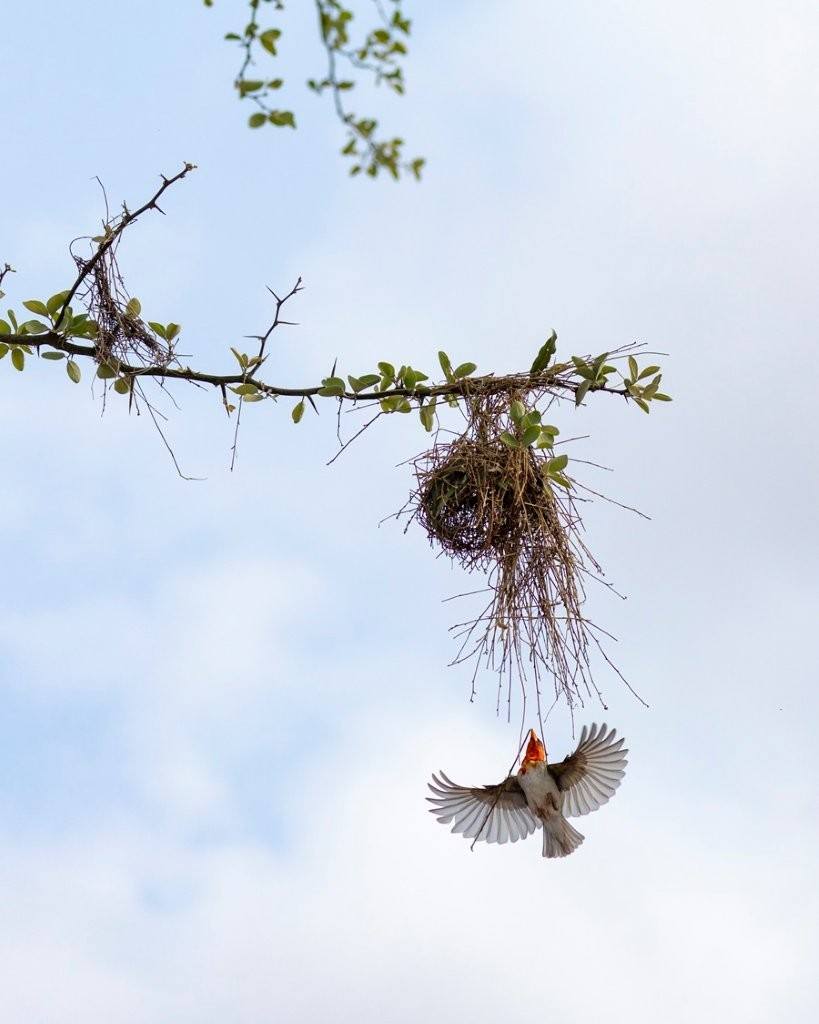
We paused at a termite mound home to a family of Dwarf mongooses. They were remarkably relaxed and curious, letting us approach very closely. This gave us a fantastic opportunity to capture unique, close-up photographs of these charming creatures.
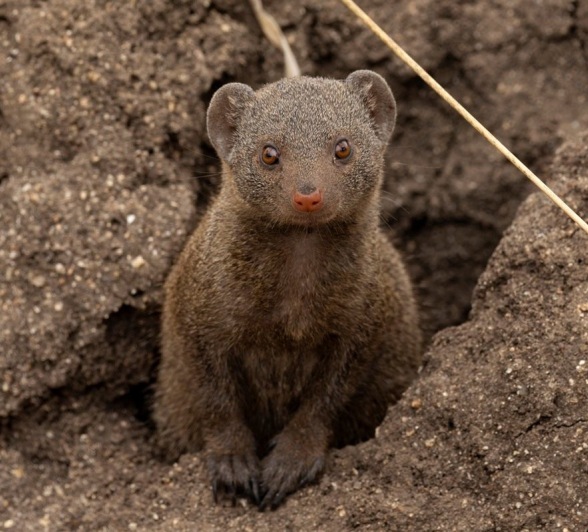
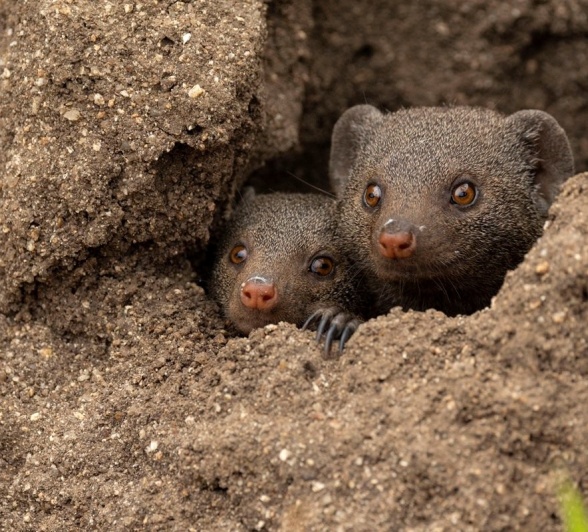
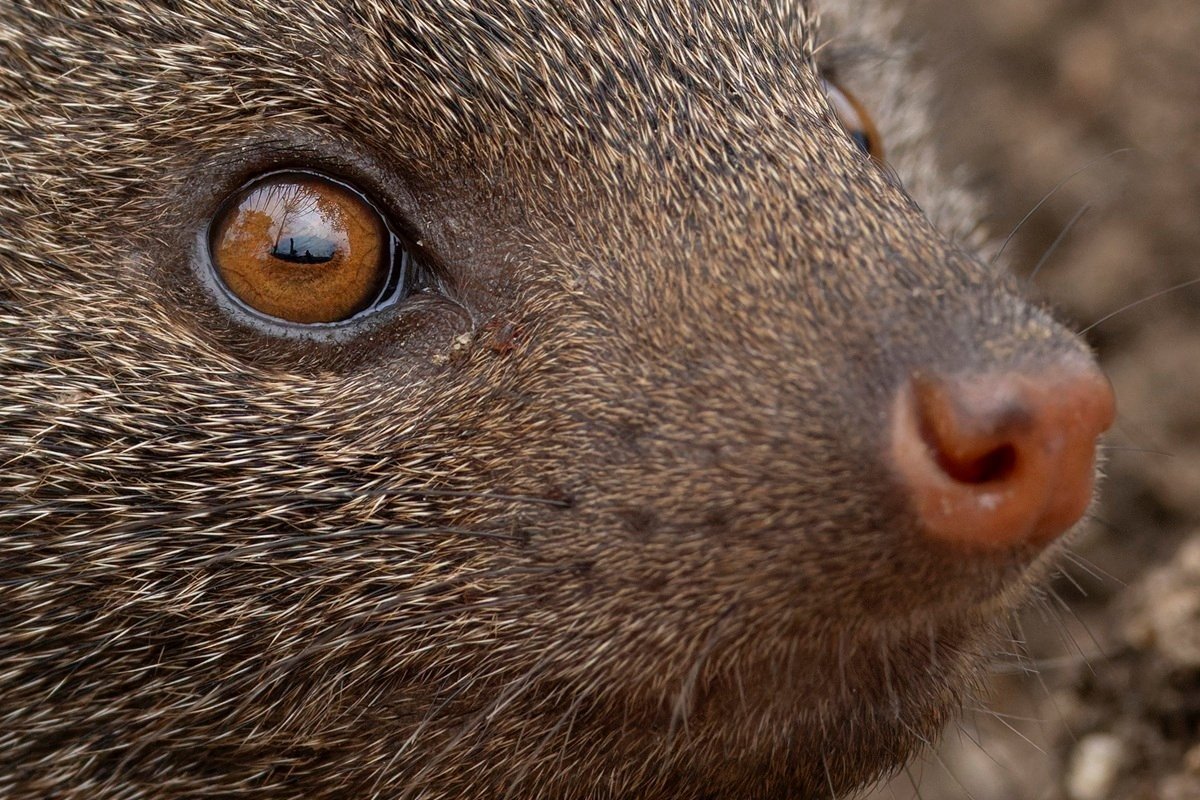
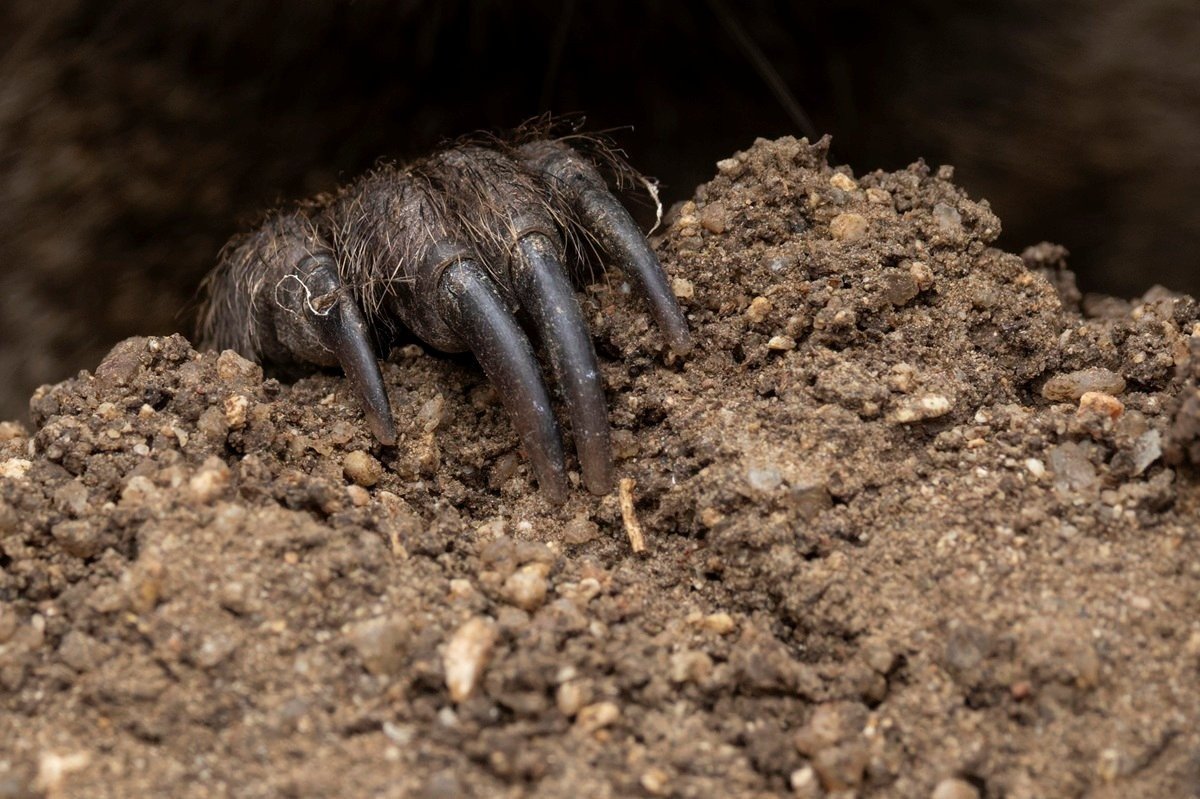
A group of bull elephants enjoyed themselves on a warm spring day, showering themselves in mud and drinking from a nearby watering hole.
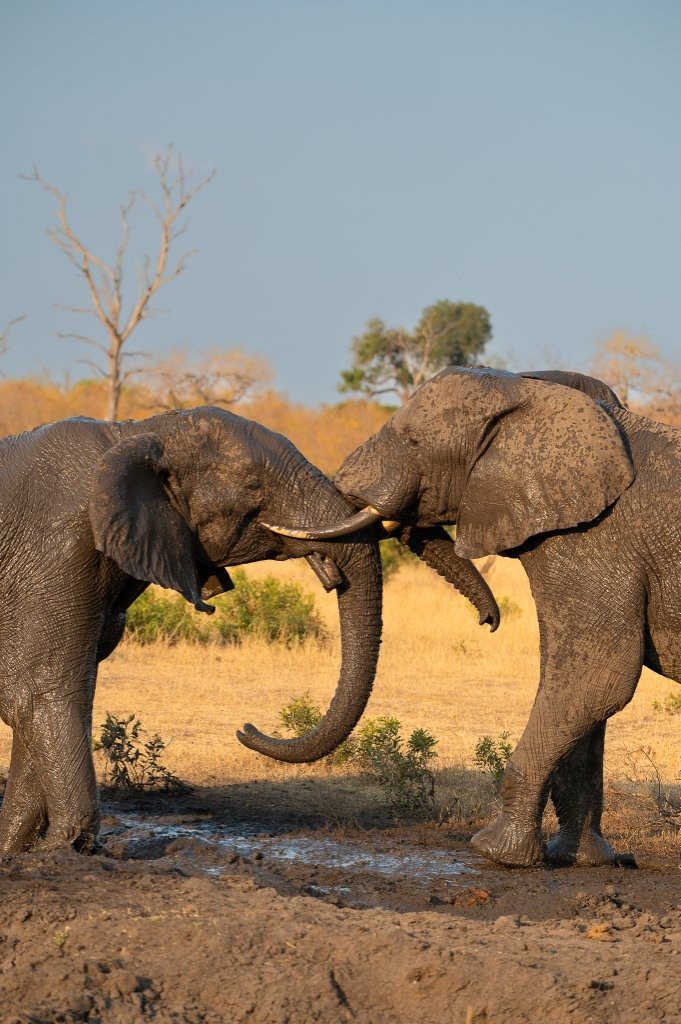
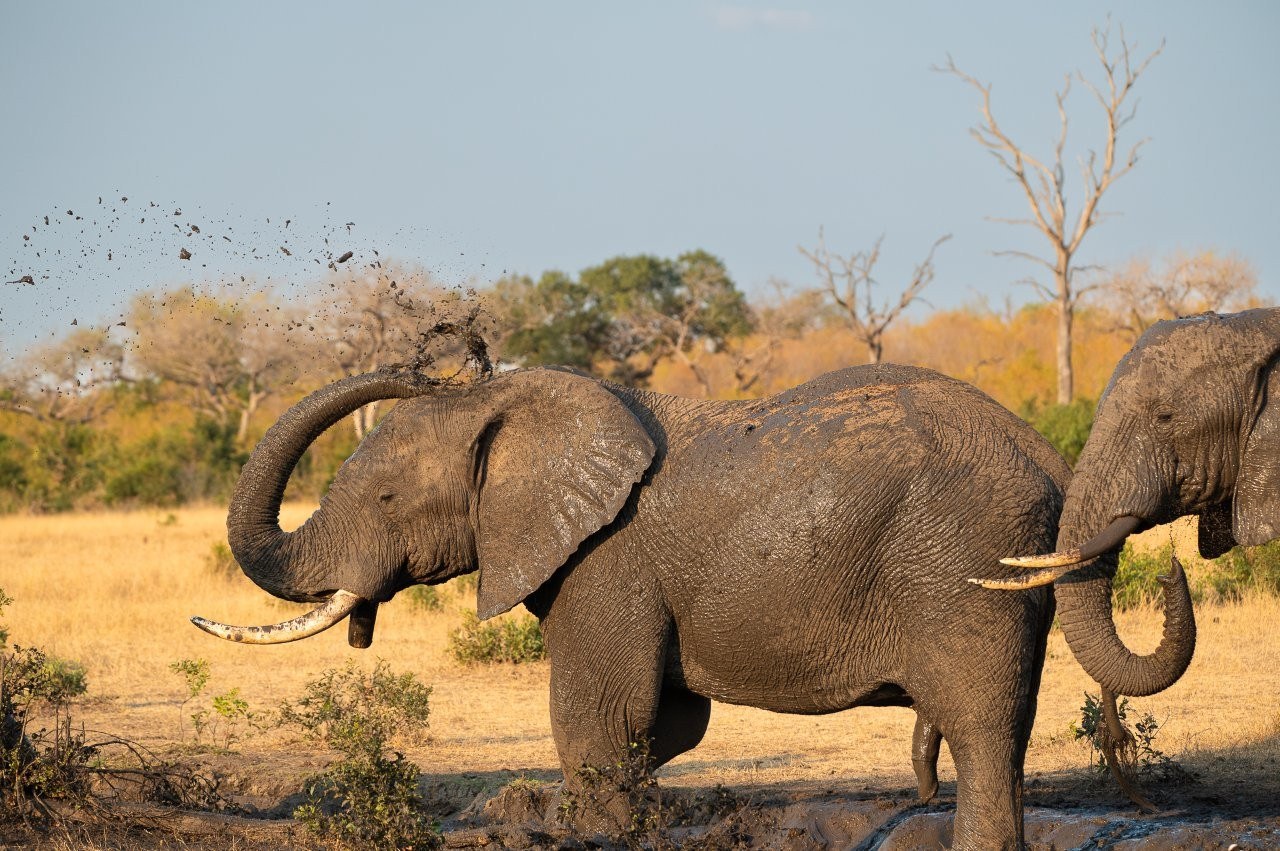
This hyena hit the jackpot! A lioness killed this wildebeest in the early hours of the morning, however, after eating her fill she left almost the entire carcass behind to find her pride. The hyena ate quickly, making a mess of the kill, chomping through flesh and bone - reluctantly sharing with a White-backed vulture.
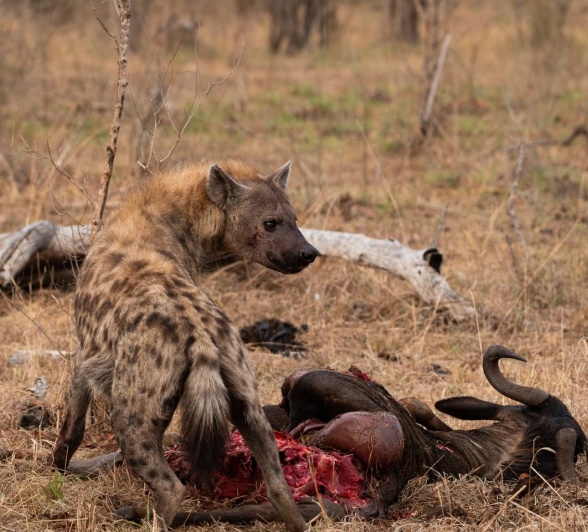
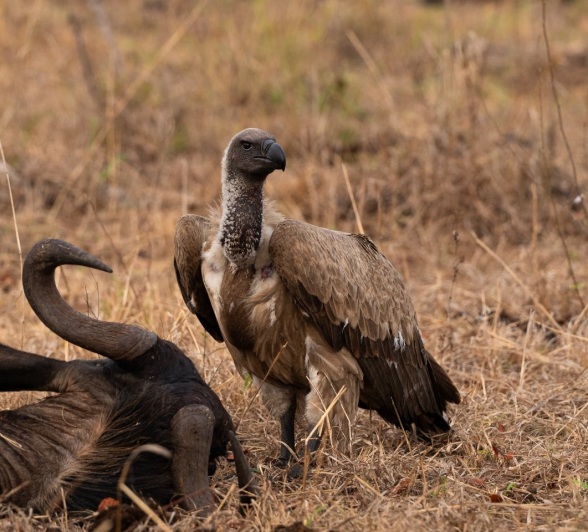
The Bateleur is one of the most majestic eagles of the wild, admired for its striking and colourful appearance. As adults, they develop vivid features - bright red beaks, orange legs, and striking white underwings. This transformation takes about 5–6 years, after which they are ready to seek a mate and begin raising their own young. Bateleurs are believed to be monogamous, often forming lifelong pair bonds.
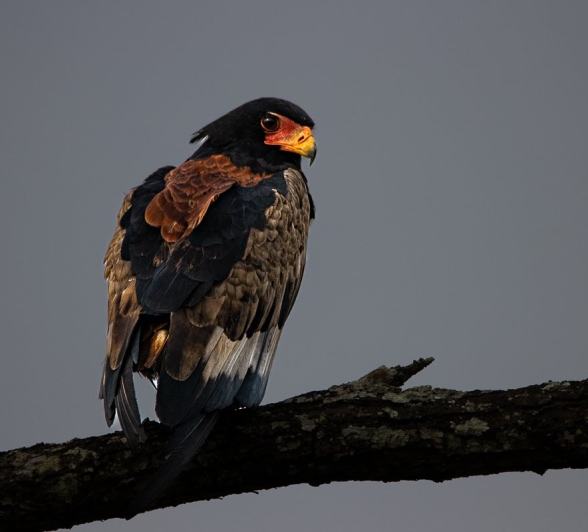
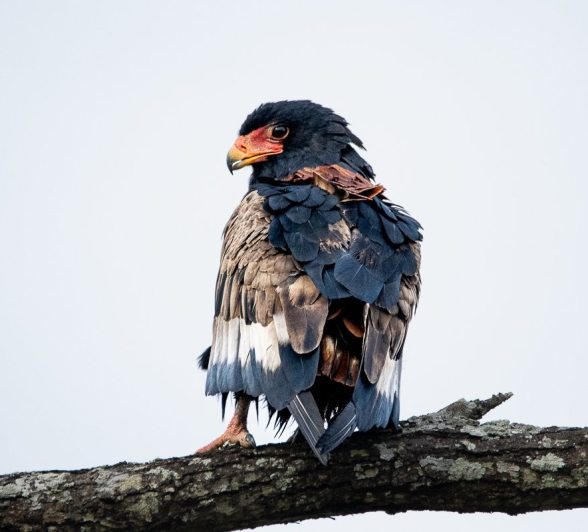
Until next time…
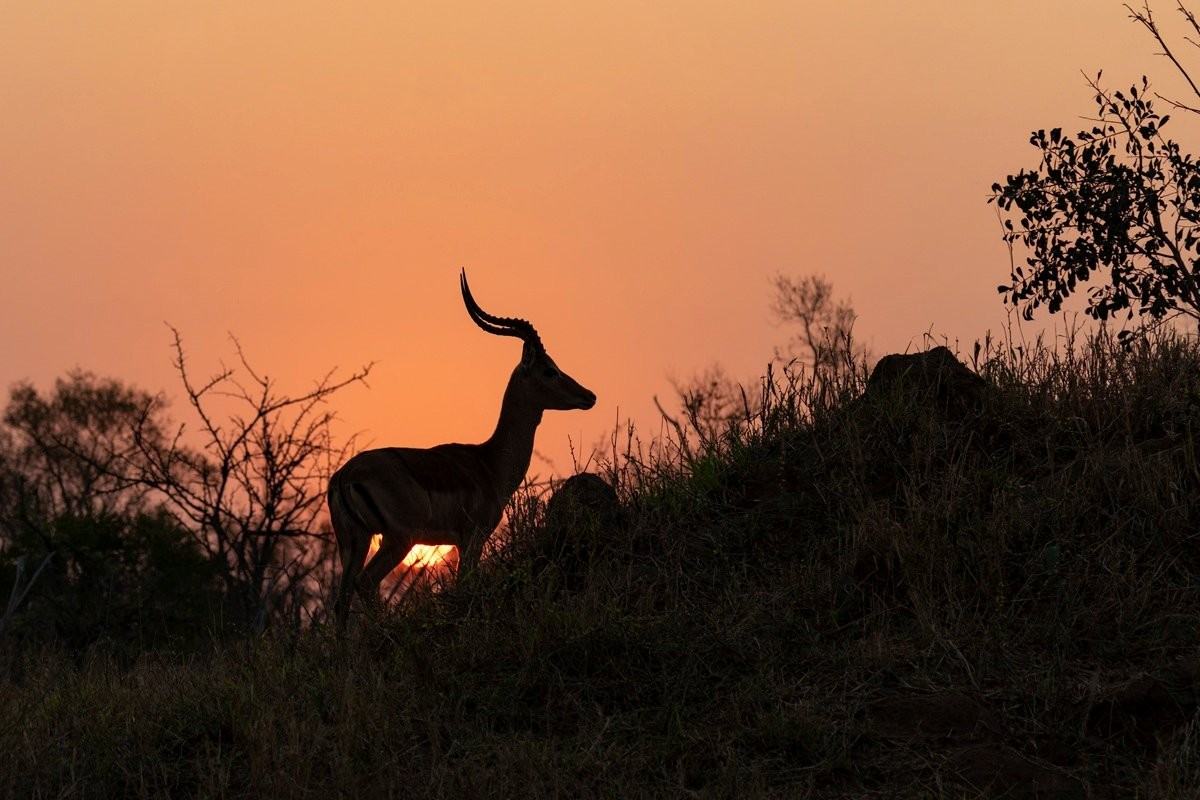
Blog by Wendy Claase
Images by Benjamin Loon, Conrad Cooke, Jan Nel, Jana du Plessis, JP van Rooyen, Ronald Mutero and Viviane Ladner


